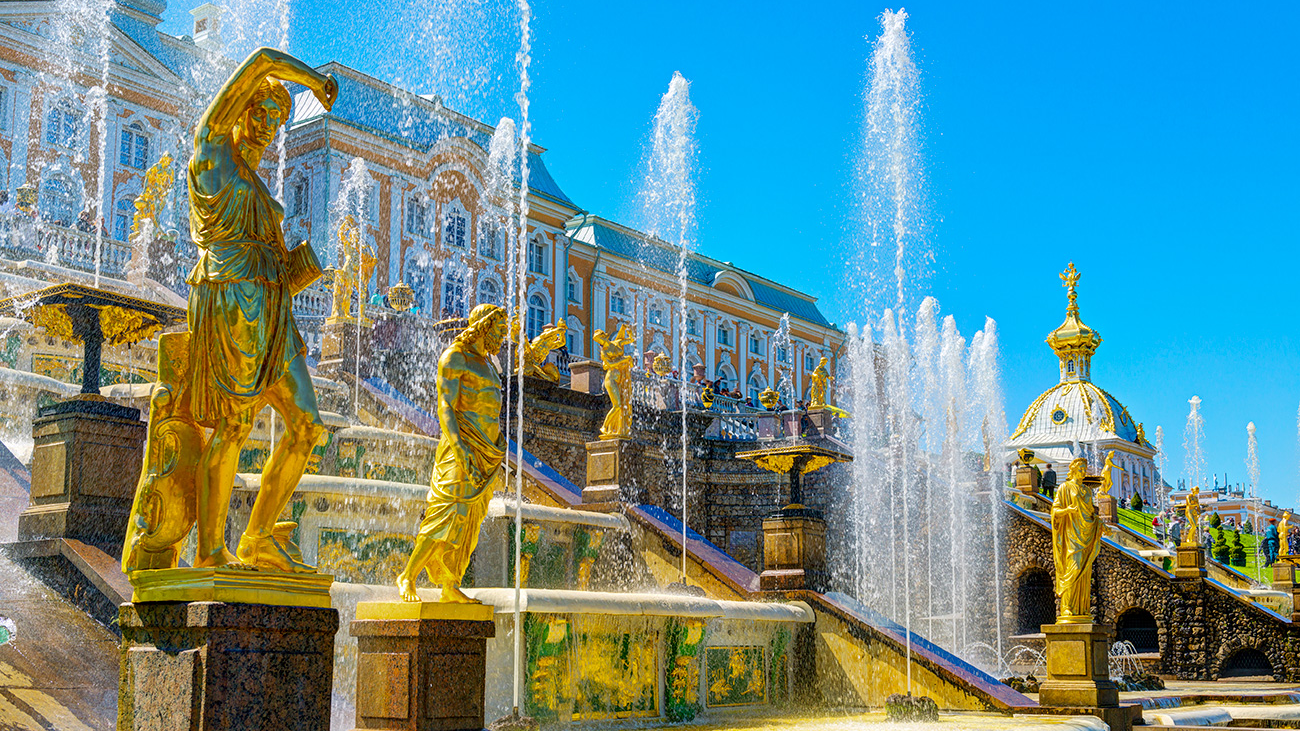
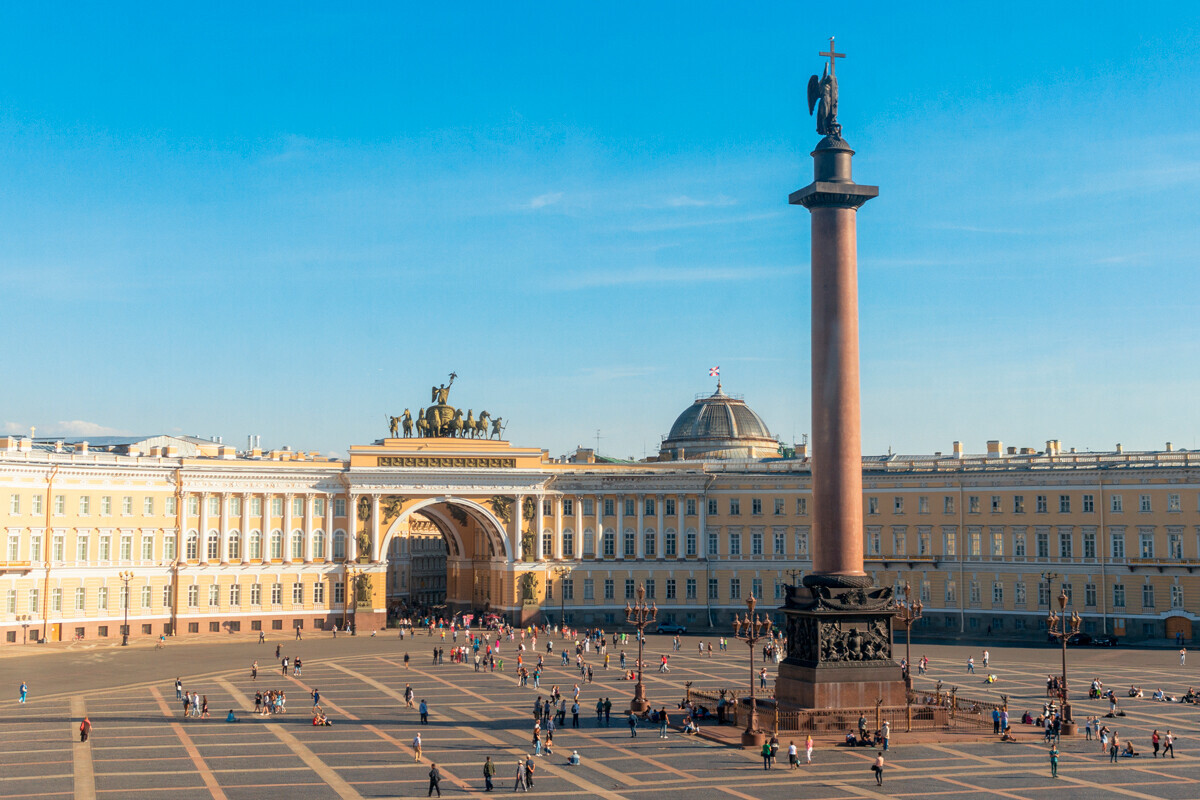
The first sites were included on the UNESCO list back in 1990 in the USSR and the main landmarks of St. Petersburg were among them, including a huge number of countryside palaces. e.g. Peterhof, Gatchina and others.
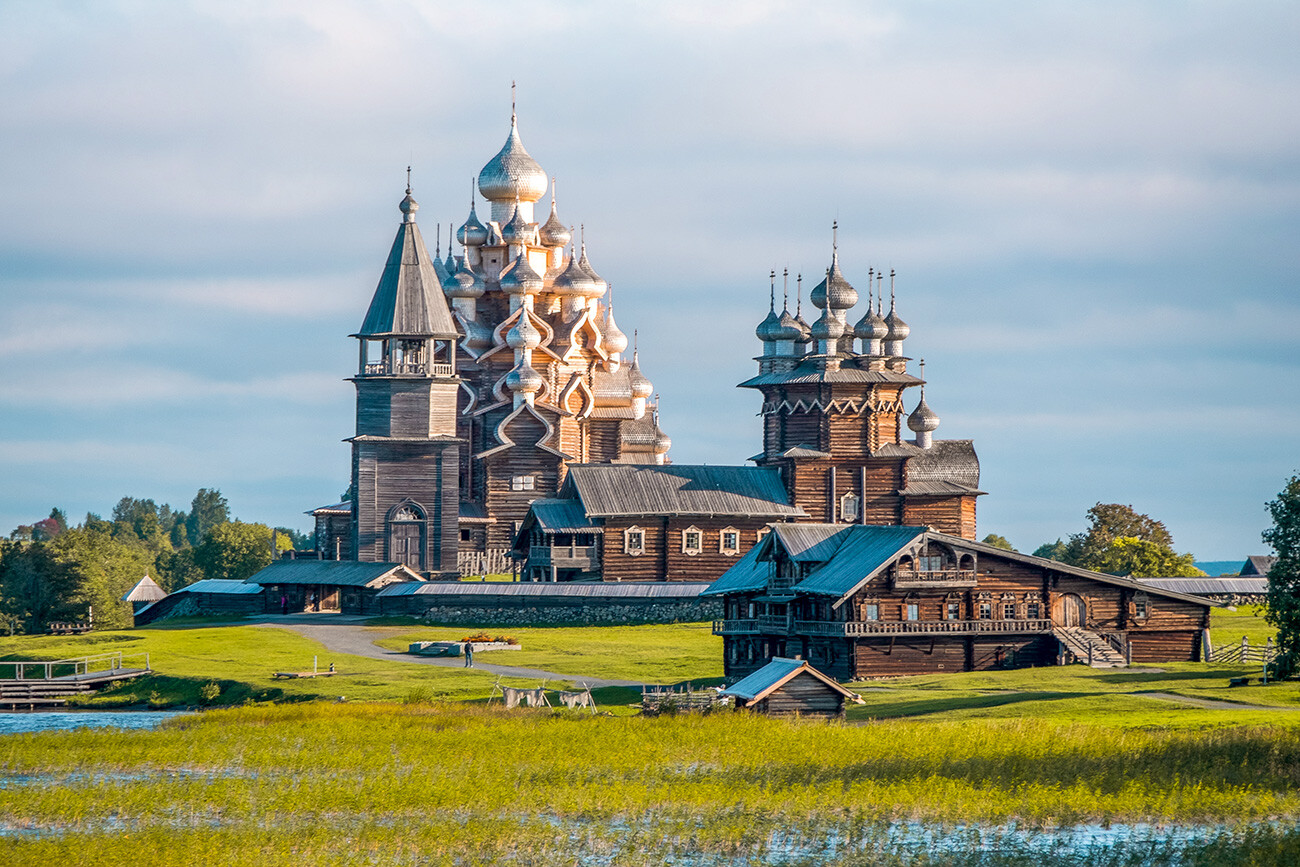
Wooden Karelian churches of the 18th-19th centuries, built, according to legend, without a single nail.
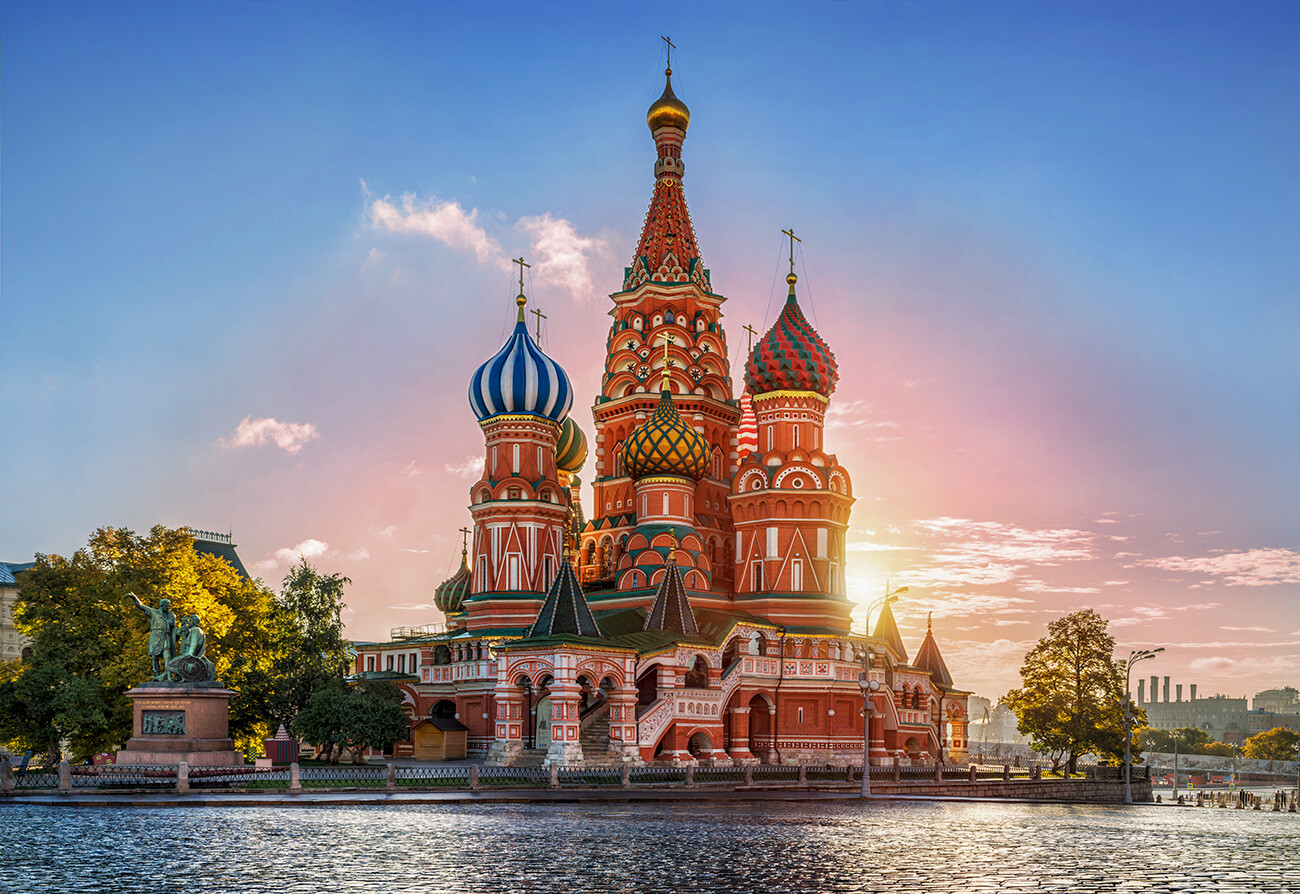
In addition to the square, St. Basil's Cathedral and other monuments of the 13th-17th century on the territory of the Moscow Kremlin are included.
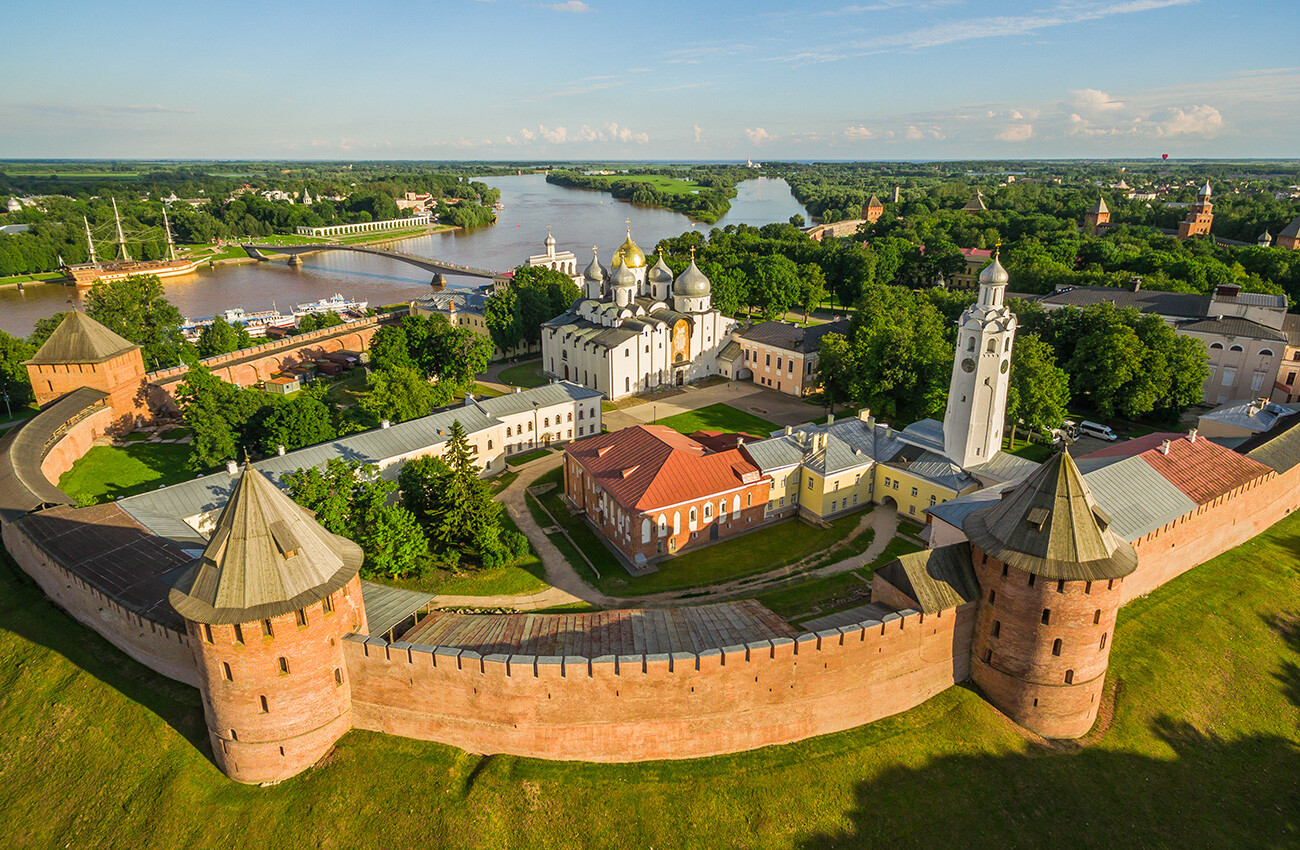
The Kremlin-detinets (fortified complex) in Veliky Novgorod and the nearby monasteries and churches, the oldest of which date back to the 11th century, have been under UNESCO protection since 1992.
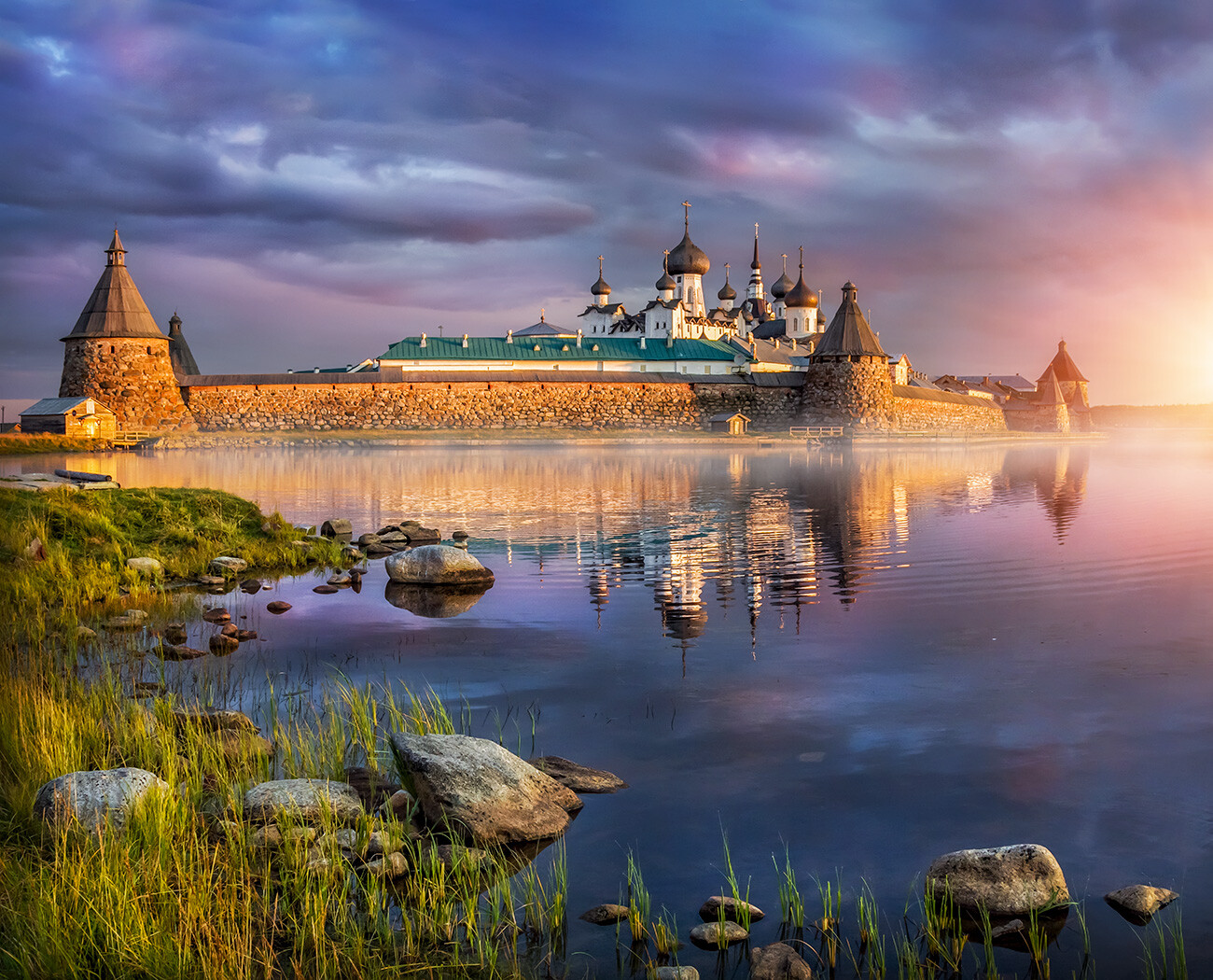
The 16th century Solovetsky Monastery is located on an archipelago in the White Sea. In addition to the main part with the fortress wall and churches, hermitages and churches on remote islands are also on the list.
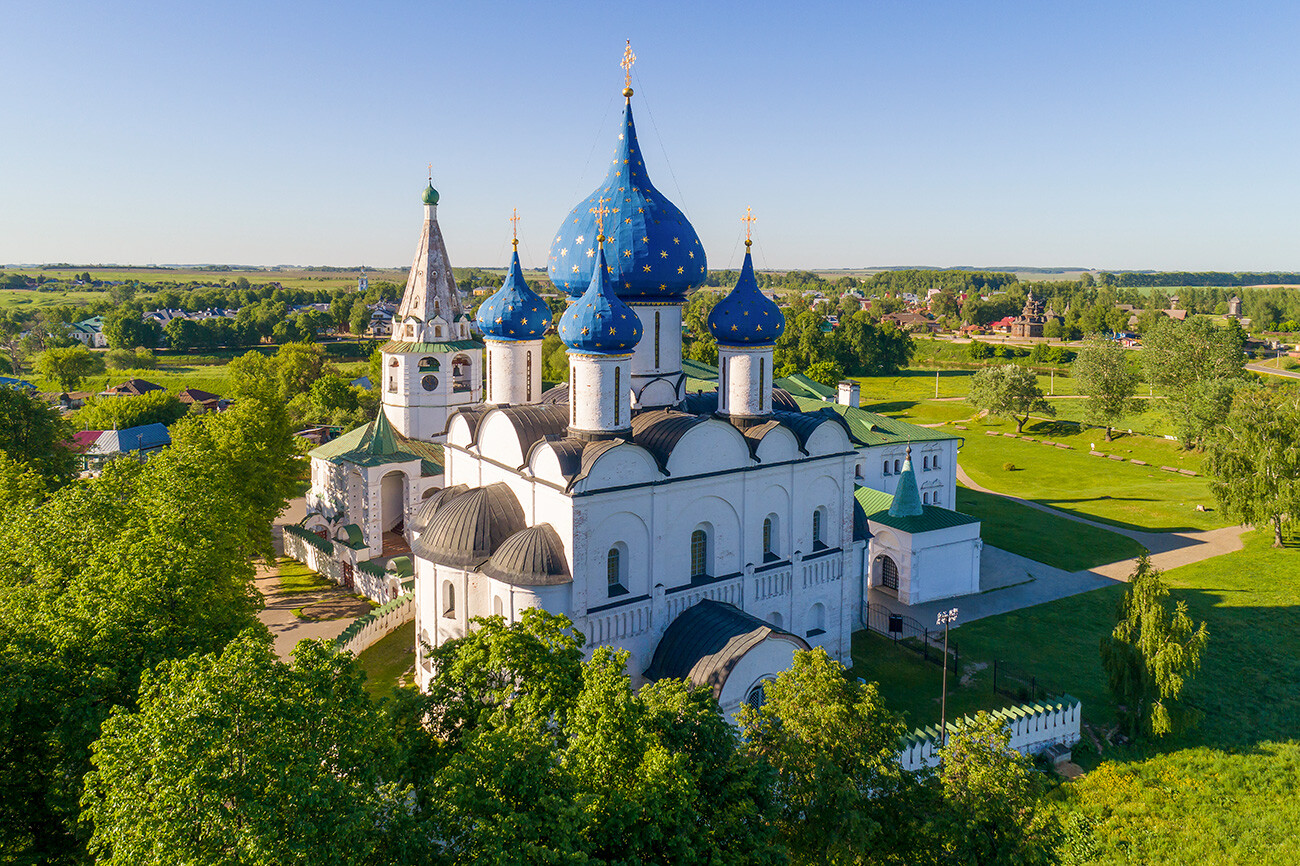
In these two cities on Russia's ‘Golden Ring’ route, there are priceless masterpieces of Old Russian architecture of the 12th-13th centuries and incredible white stone churches.
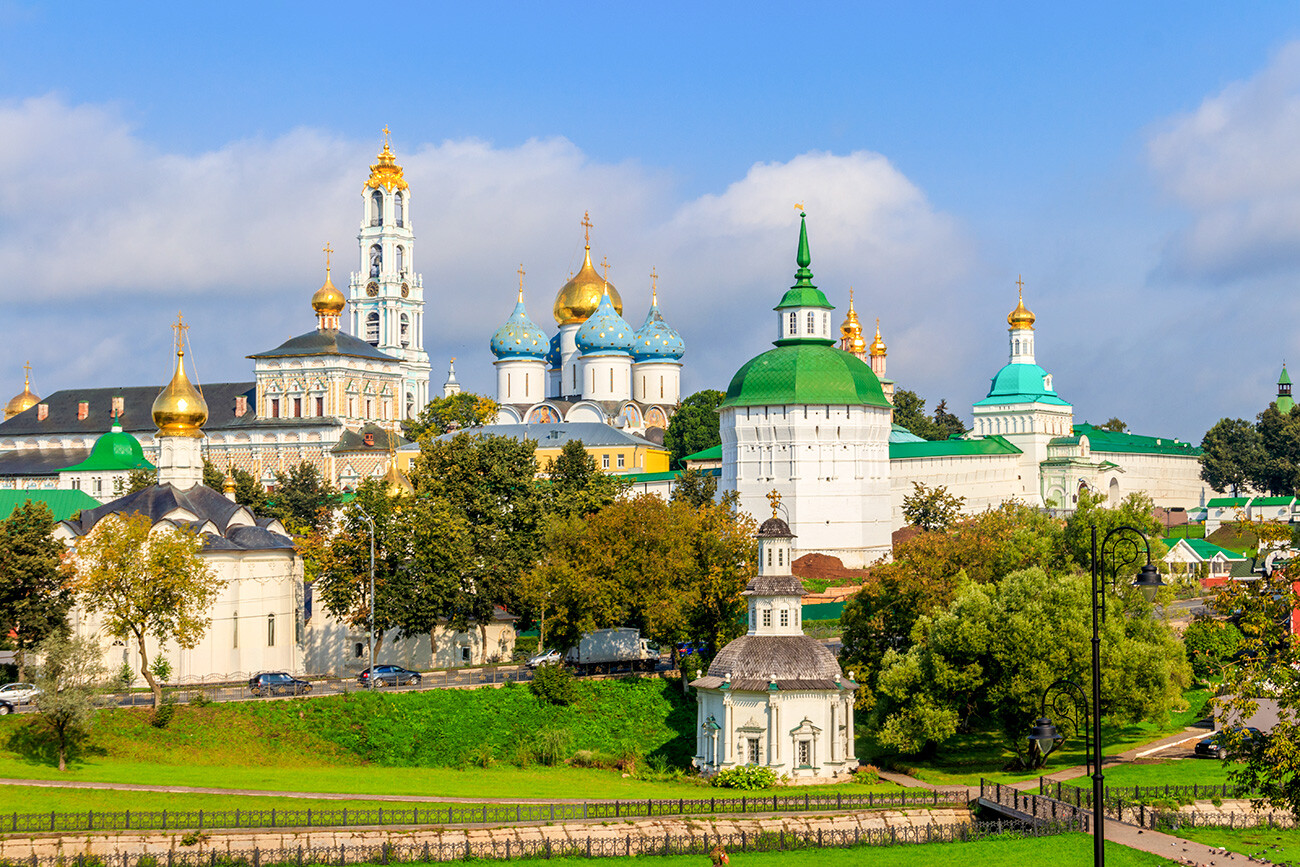
Considered the most important monastery of the Russian Orthodox Church, it was founded by St. Sergius of Radonezh and is located near Moscow.
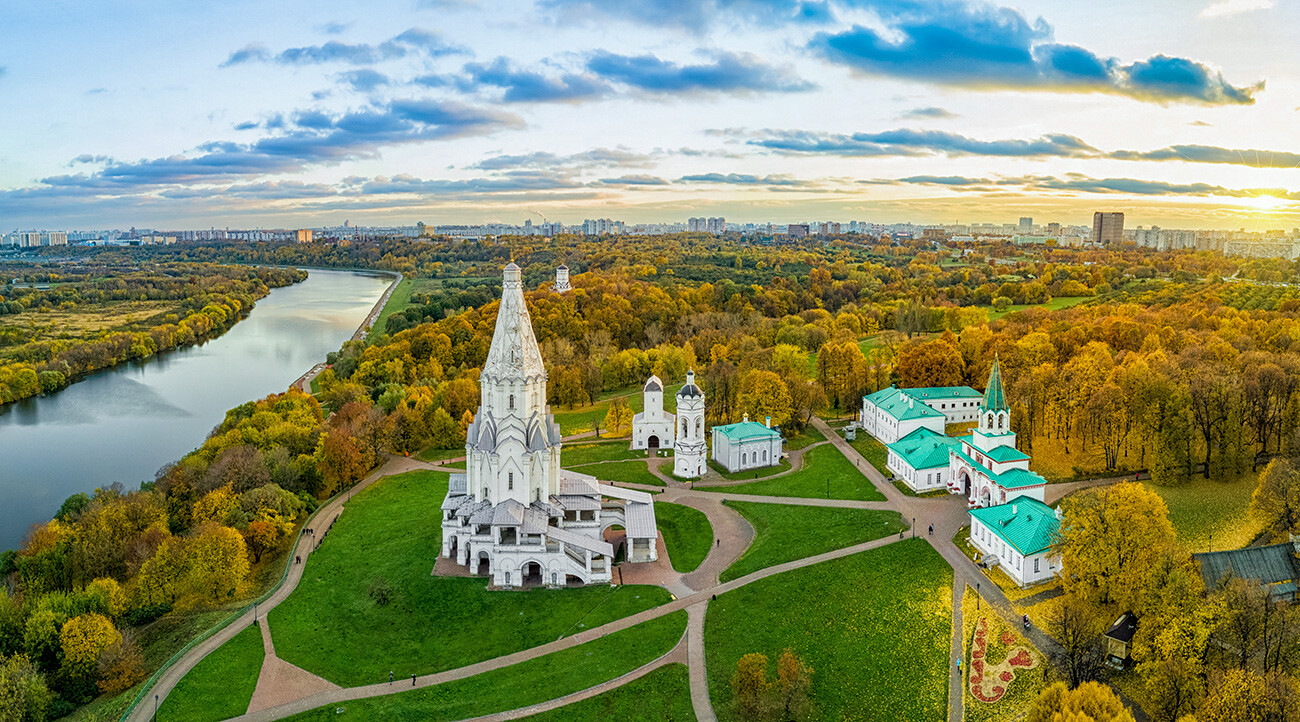
This 16th century white building was the first stone “tent” church, a unique masterpiece of architecture of its time, which has earned its place on the list.
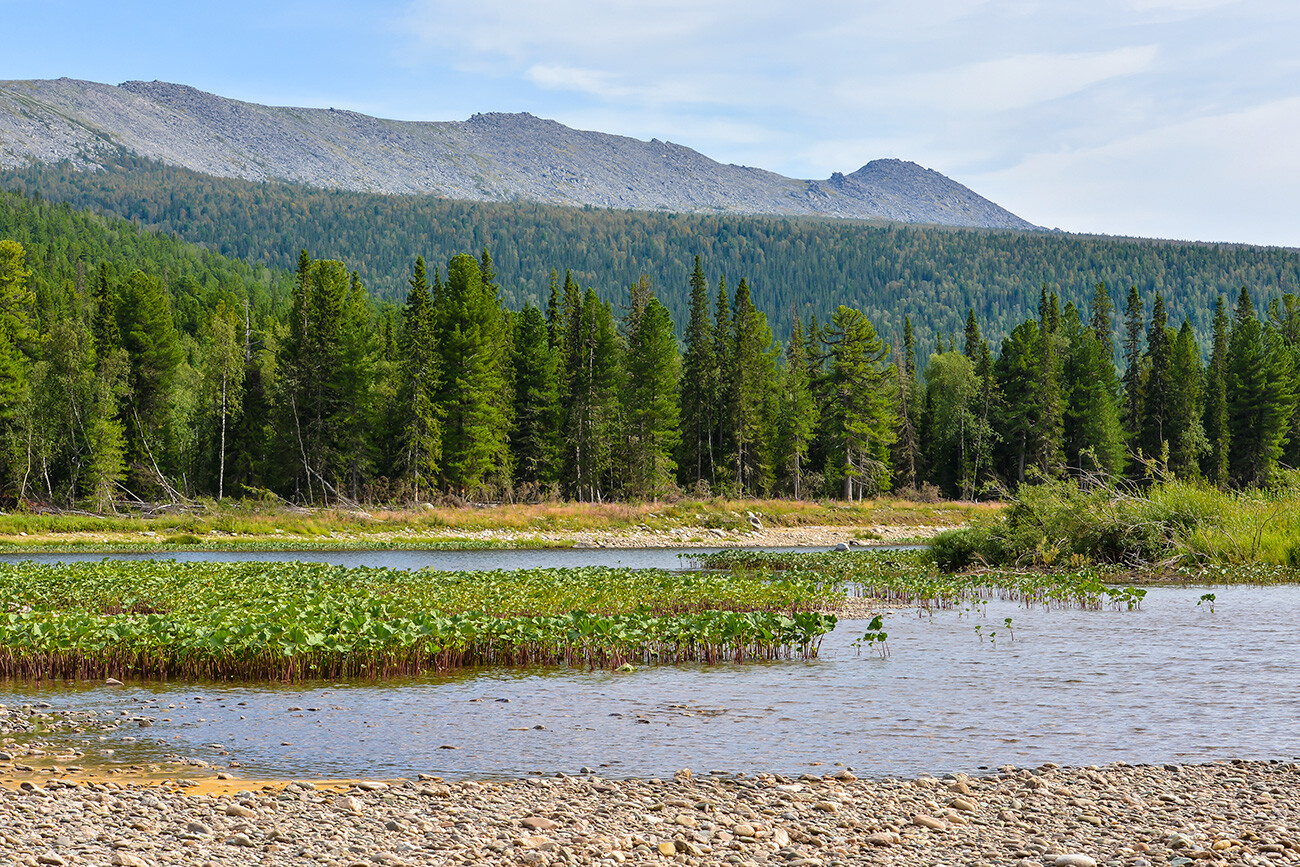
In 1995, this specially protected area of the Northern Urals was one of the first to be included on the UNESCO list of natural sites.
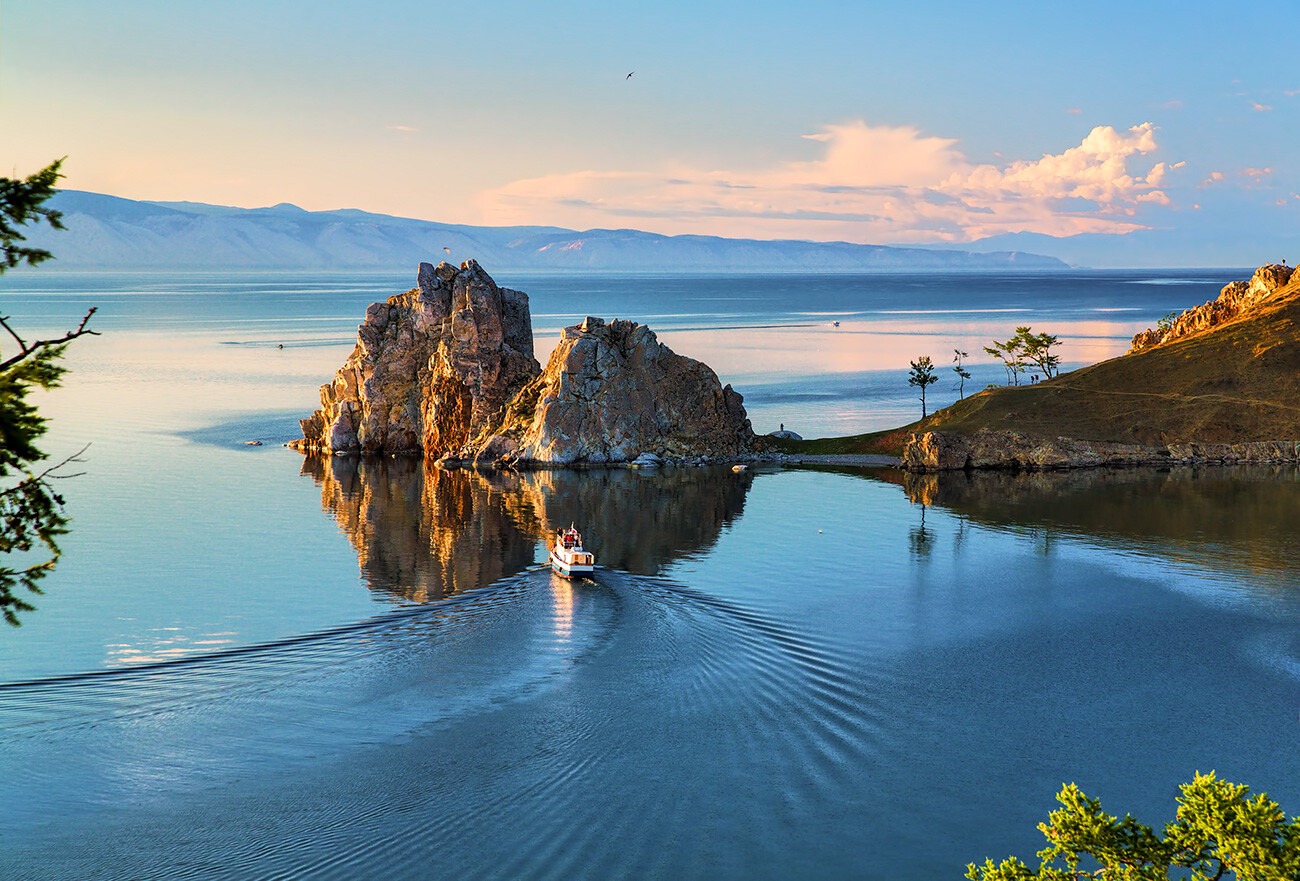
The world's main reservoir of fresh water and the deepest lake on the planet.
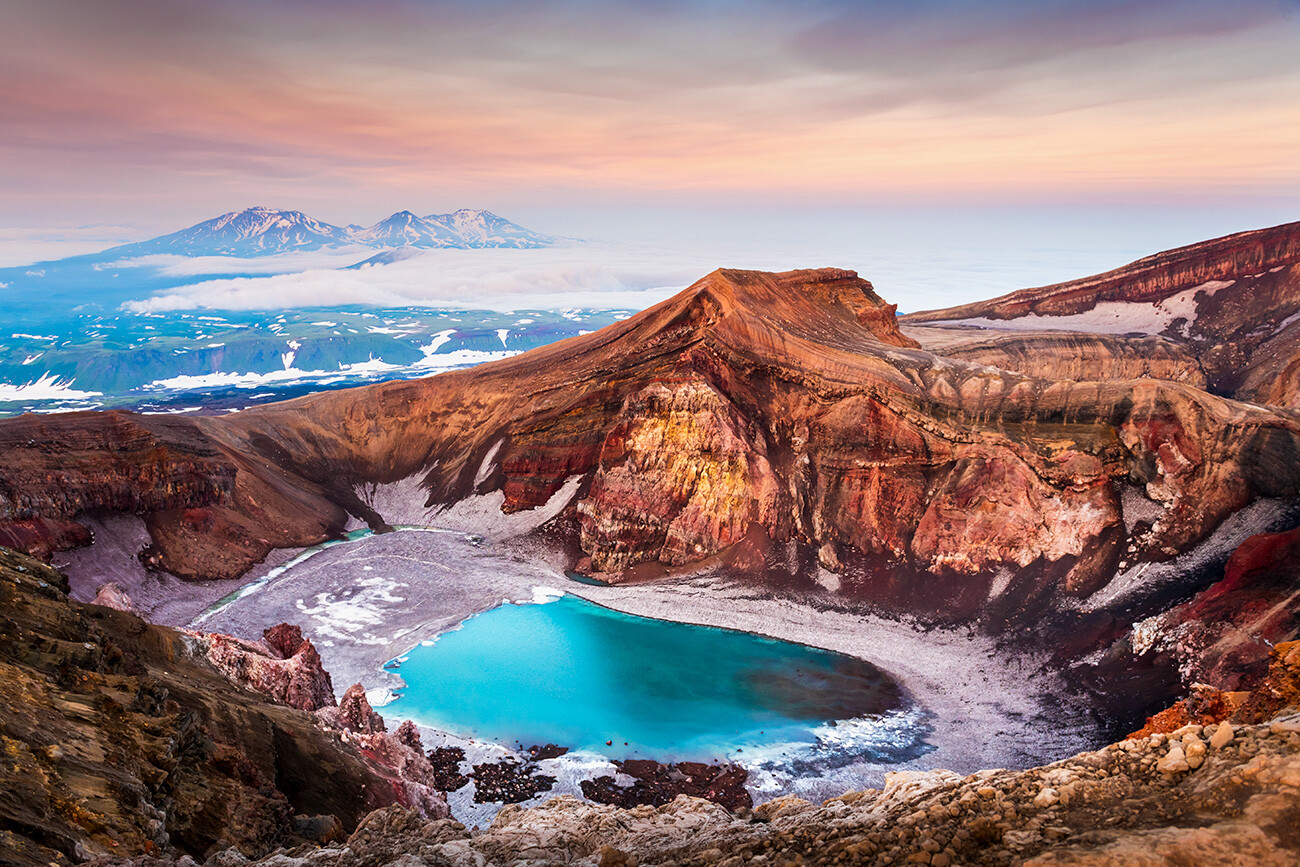
The unique natural giants in the Far East were taken under UNESCO protection in 1996 and, in 2001, the list of volcanoes was extended. Many of them are still active!
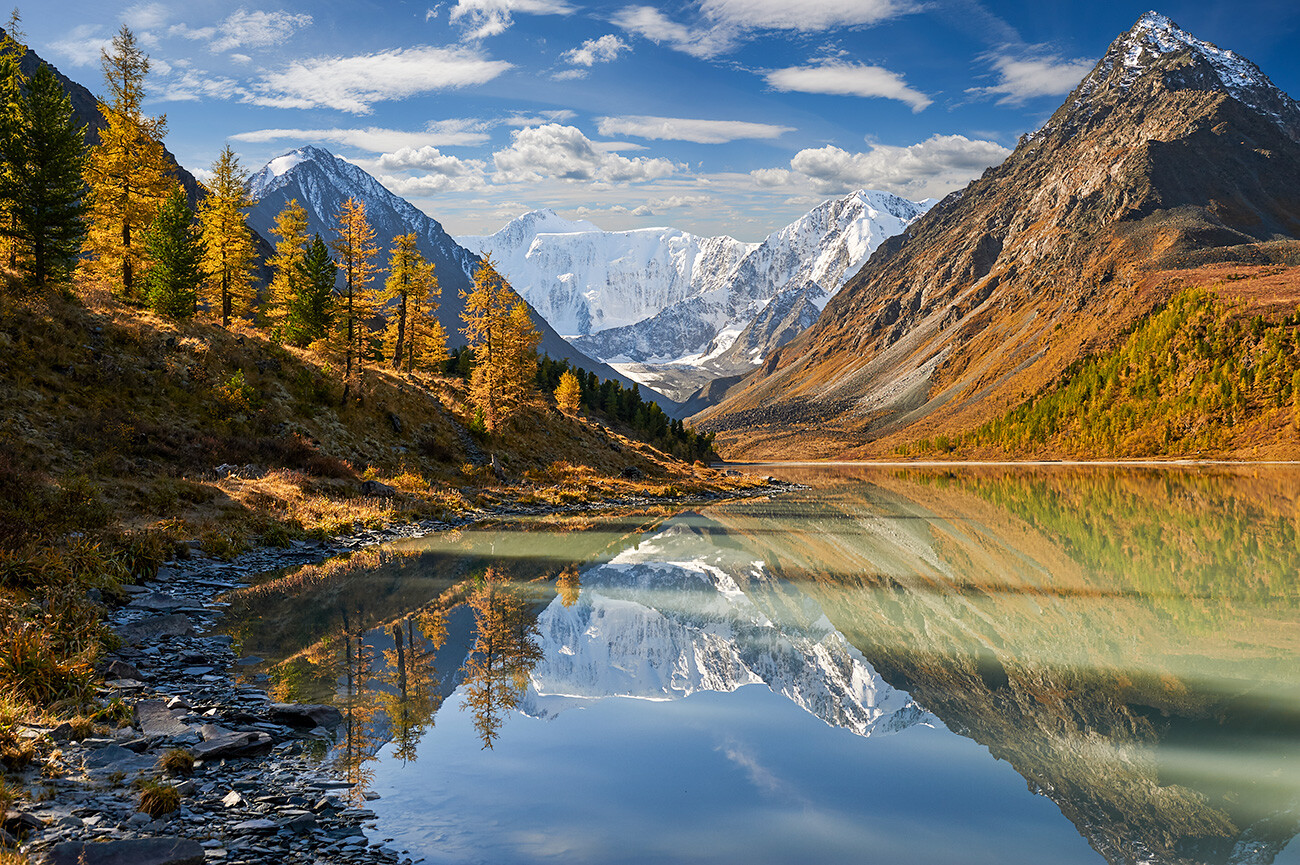
In this exactly wording, the three most picturesque parts of the Altai Mountains in Siberia were included on the list.
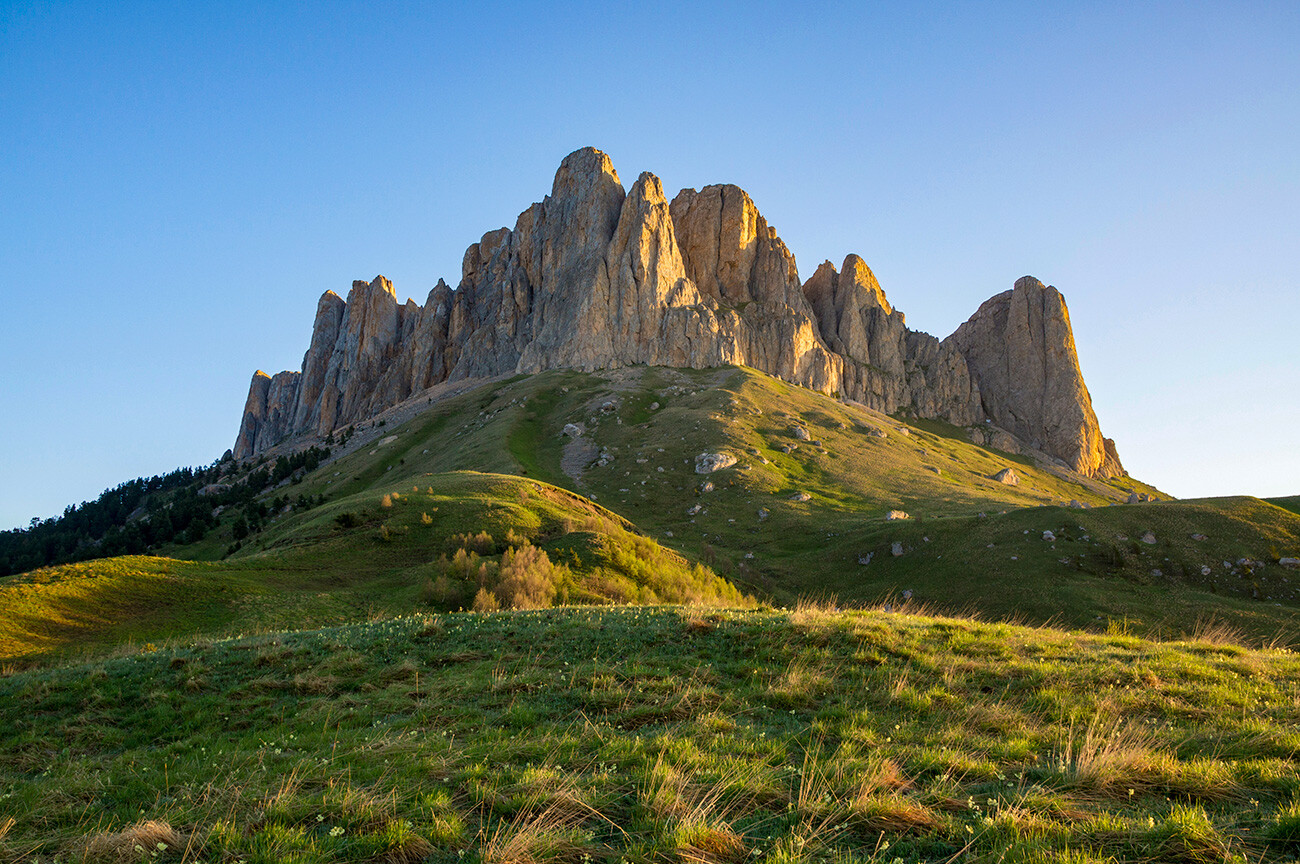
The part of the Main Caucasus Range from Mount Fisht to Mount Elbrus was included on the list, because these parts of the mountain relief are practically untouched by humans, which is a rarity for Europe (and the European part of Russia).
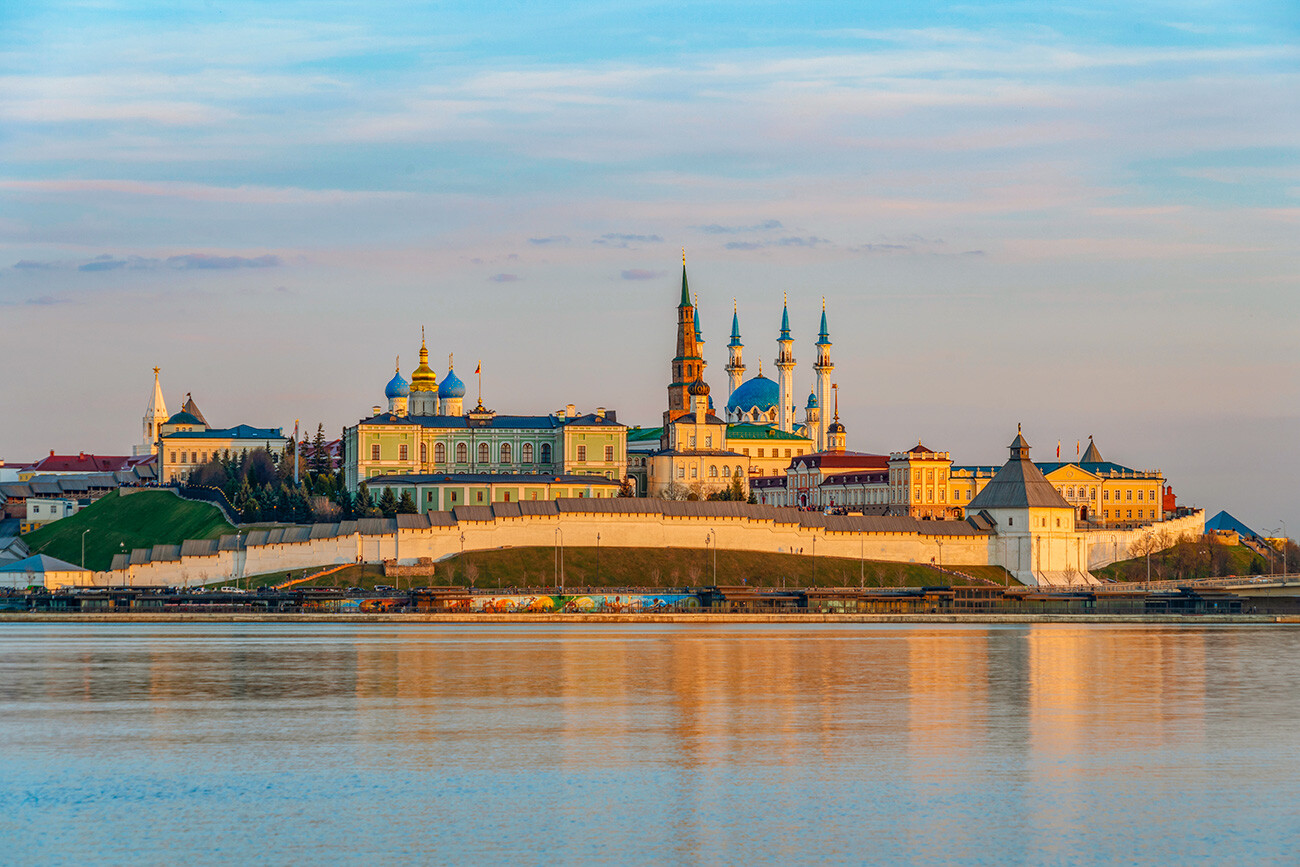
The Kazan Kremlin was built when these lands were part of the Muslim Kazan Khanate. And then, Kazan was conquered by Ivan the Terrible and Orthodox churches were also built in the kremlin.
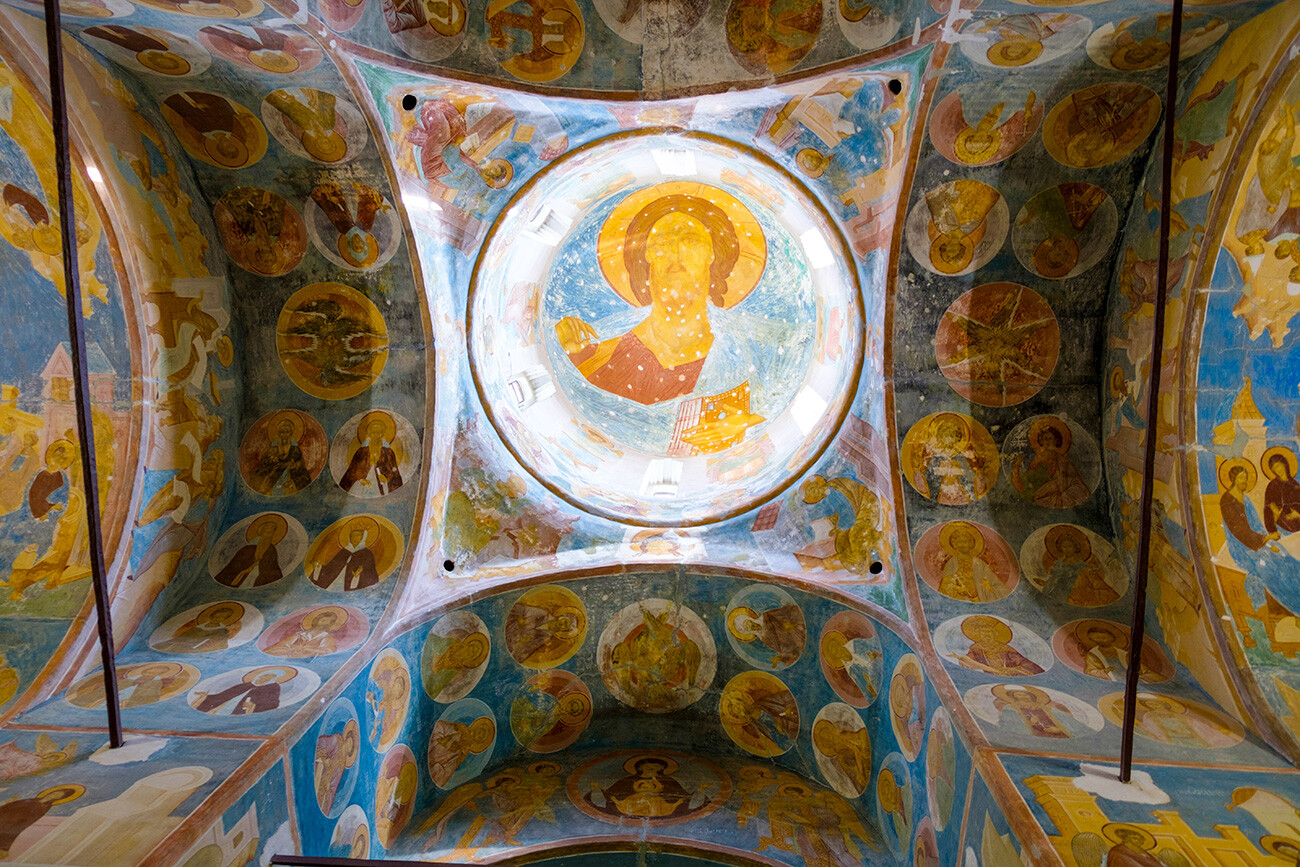
The small monastery in the wilderness of Vologda Region, built in the 14th-17th centuries, is astonishingly beautiful. Inside, there are also frescoes by the legendary Dionisius.
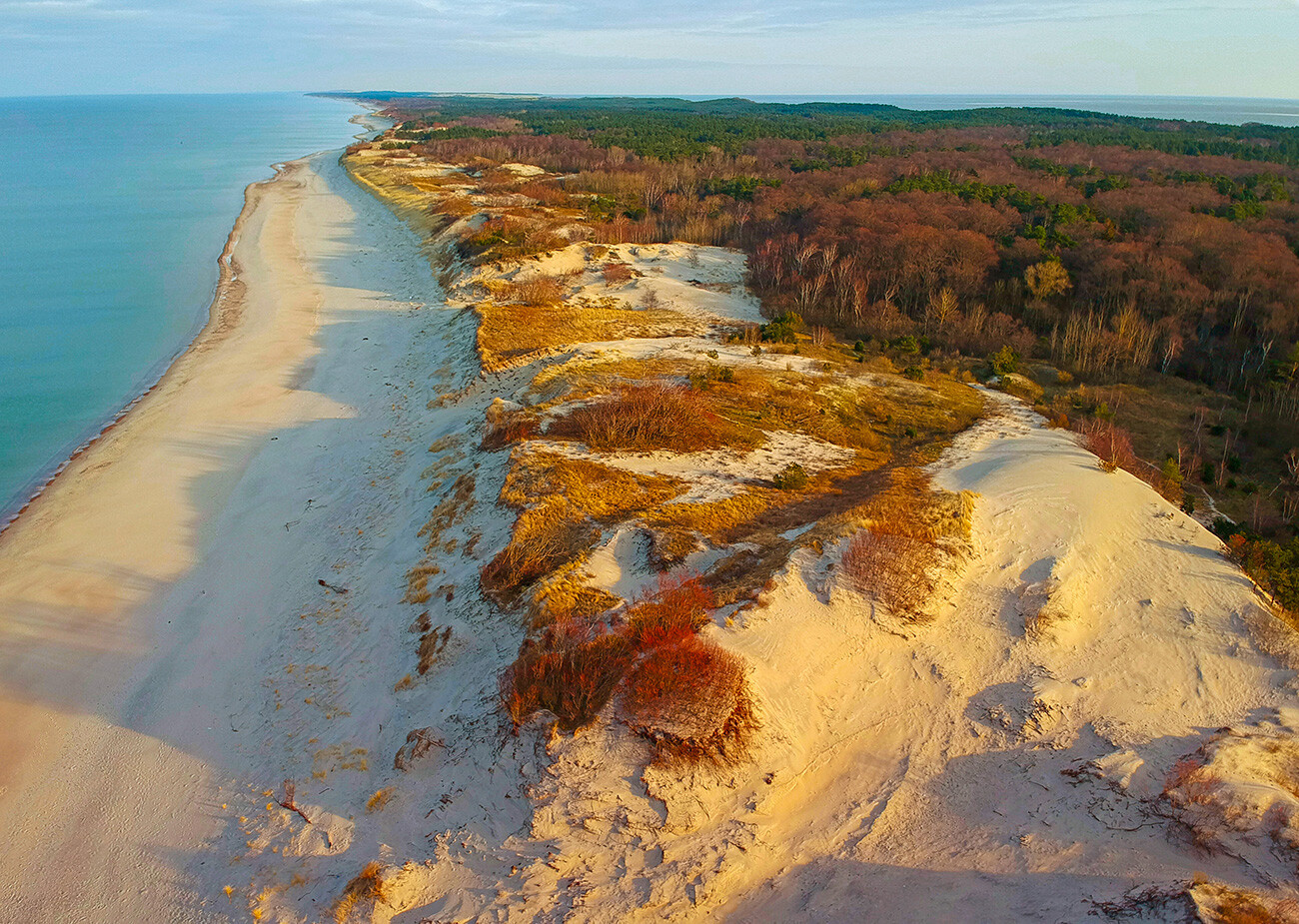
The dunes on the Baltic Sea in Kaliningrad Region and the twisted pines made the list as an outstanding example of human interaction with the environment. It is humans who have helped this landscape to survive to this day.
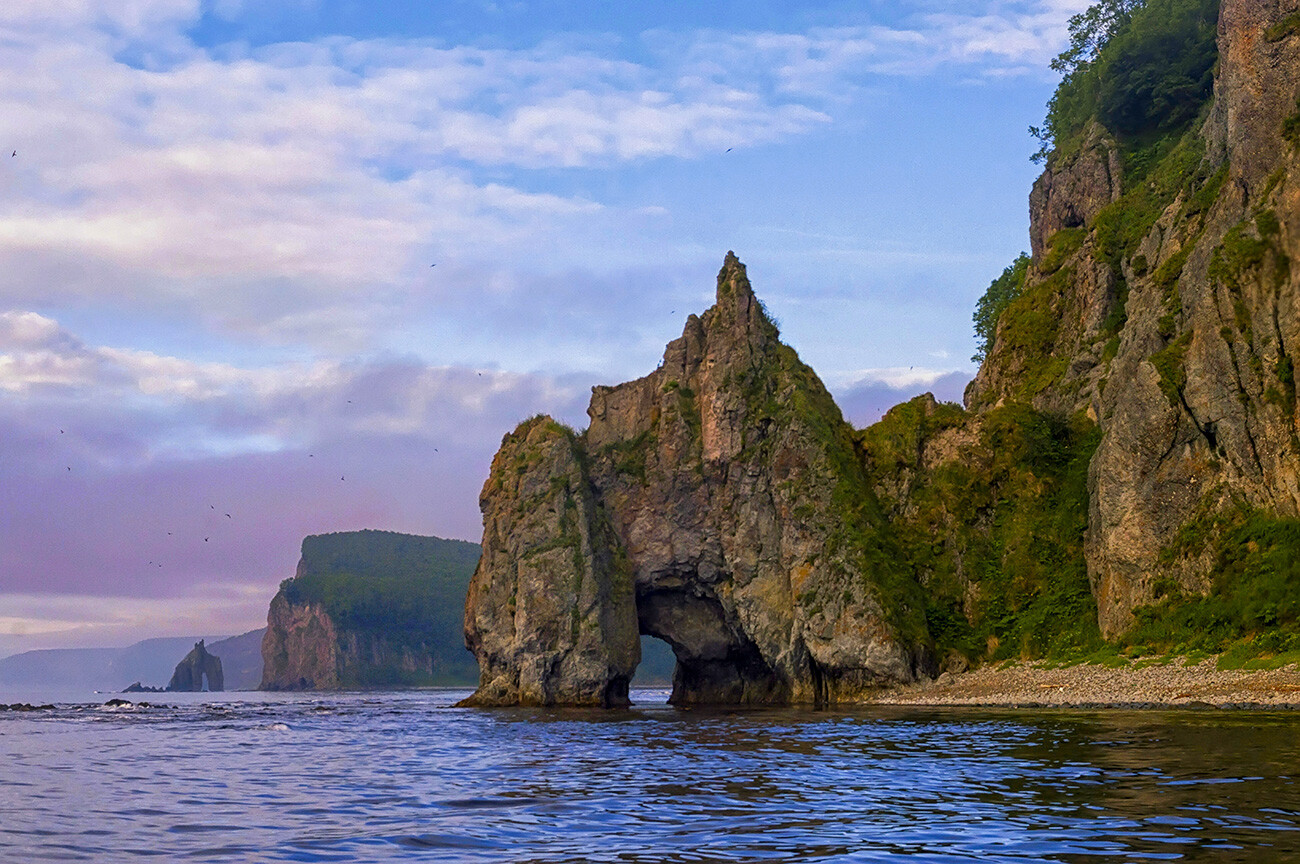
This biosphere reserve and mountain range in the Far East preserves unique species of animals and plants, including the rare Amur tiger.

Part of this natural attraction is located in Mongolia and part in the Republic of Tyva in Russia. In 2003, it was included on the list as the northernmost of all drainless basins in Central Asia. Also, a huge variety of different birds gather there all year round.
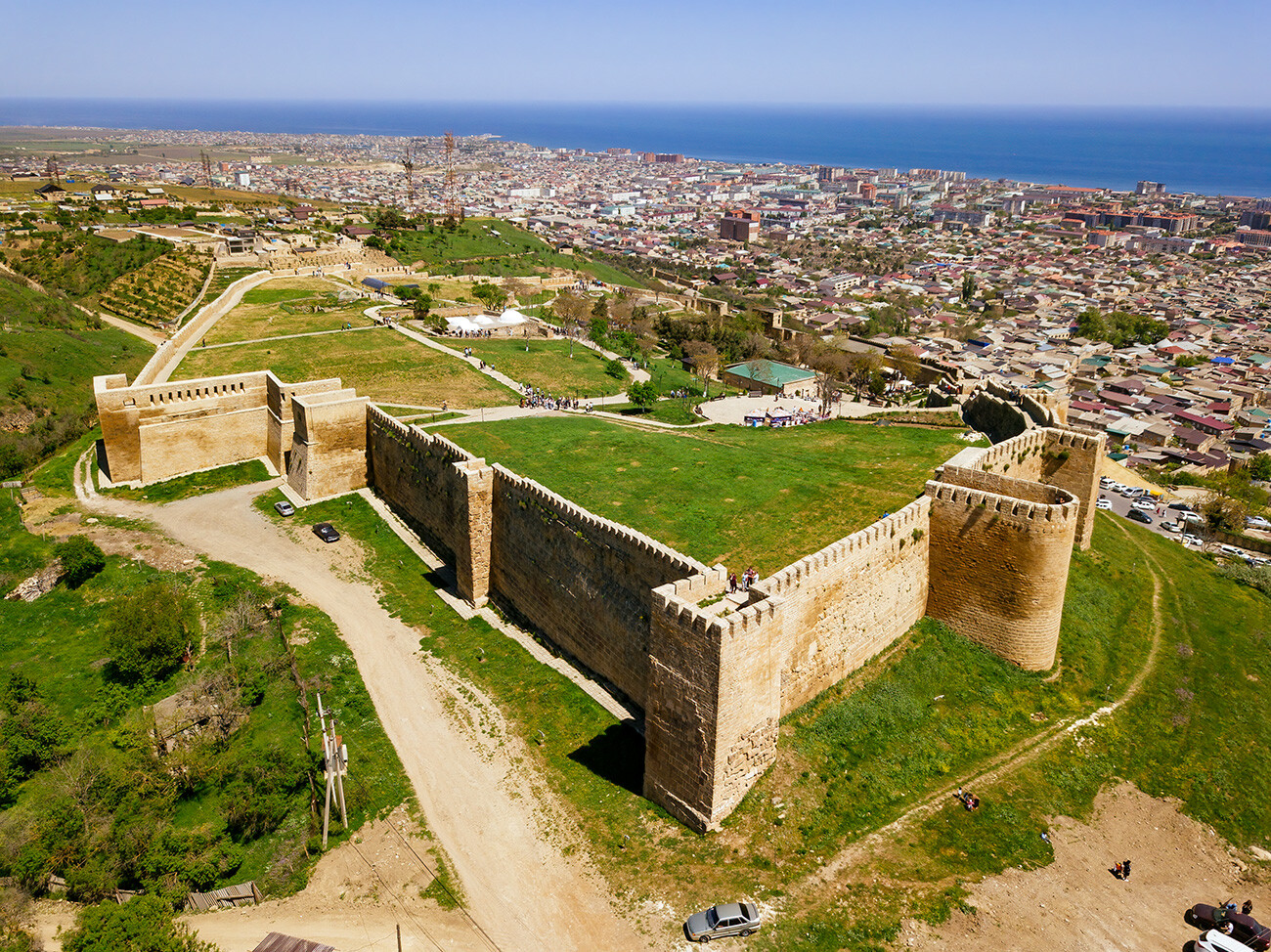
One of the oldest cities in Russia was founded in the 6th century BC! And the local fortress from the 6th century AD is the oldest in Russia.
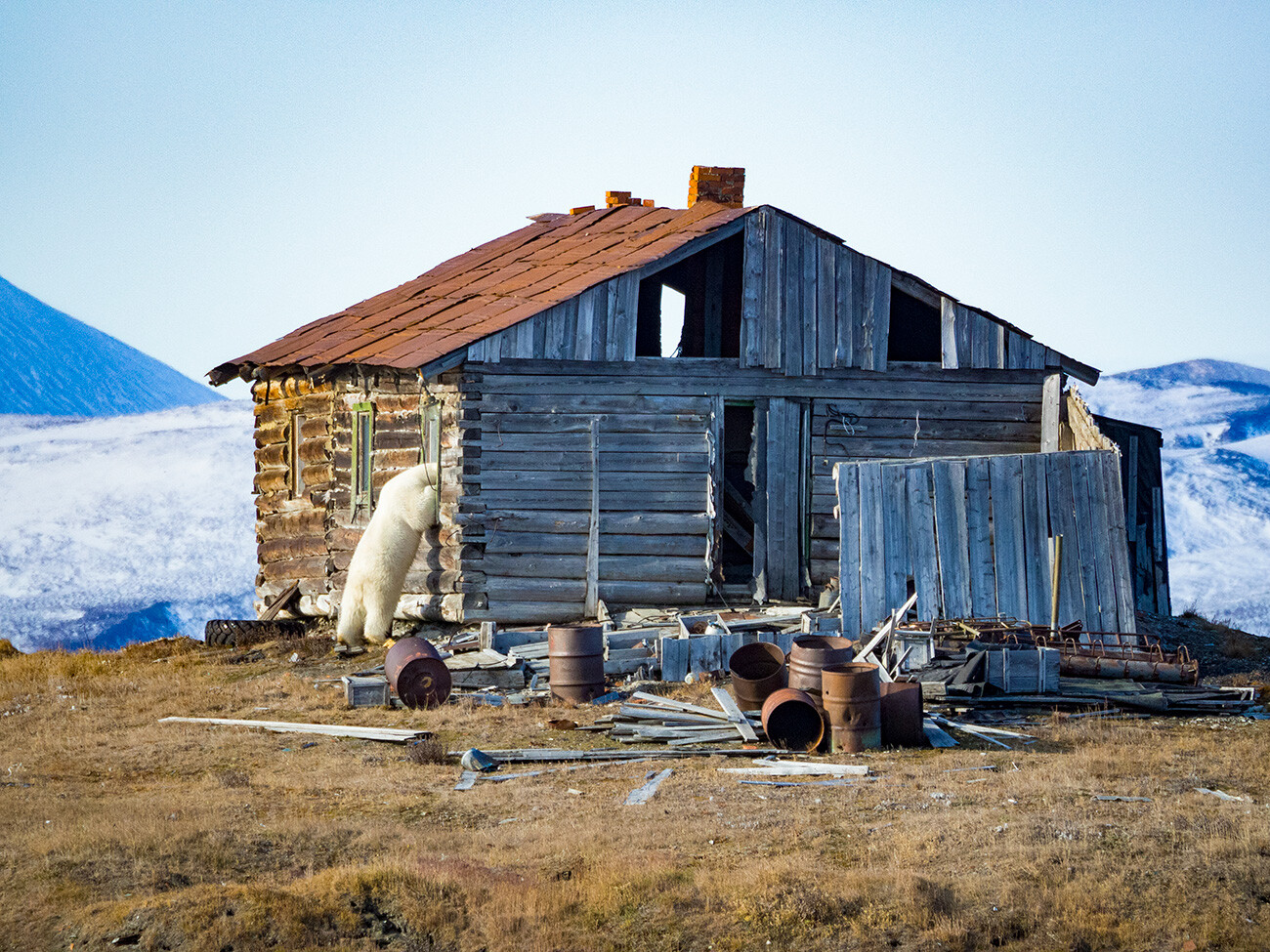
The northernmost nature reserve is located on an island in the Arctic Ocean in the Russian Far East. There are many endemic animals there, that is, which live only in these parts. Whales, walruses, polar bears and musk oxen can also be found there.
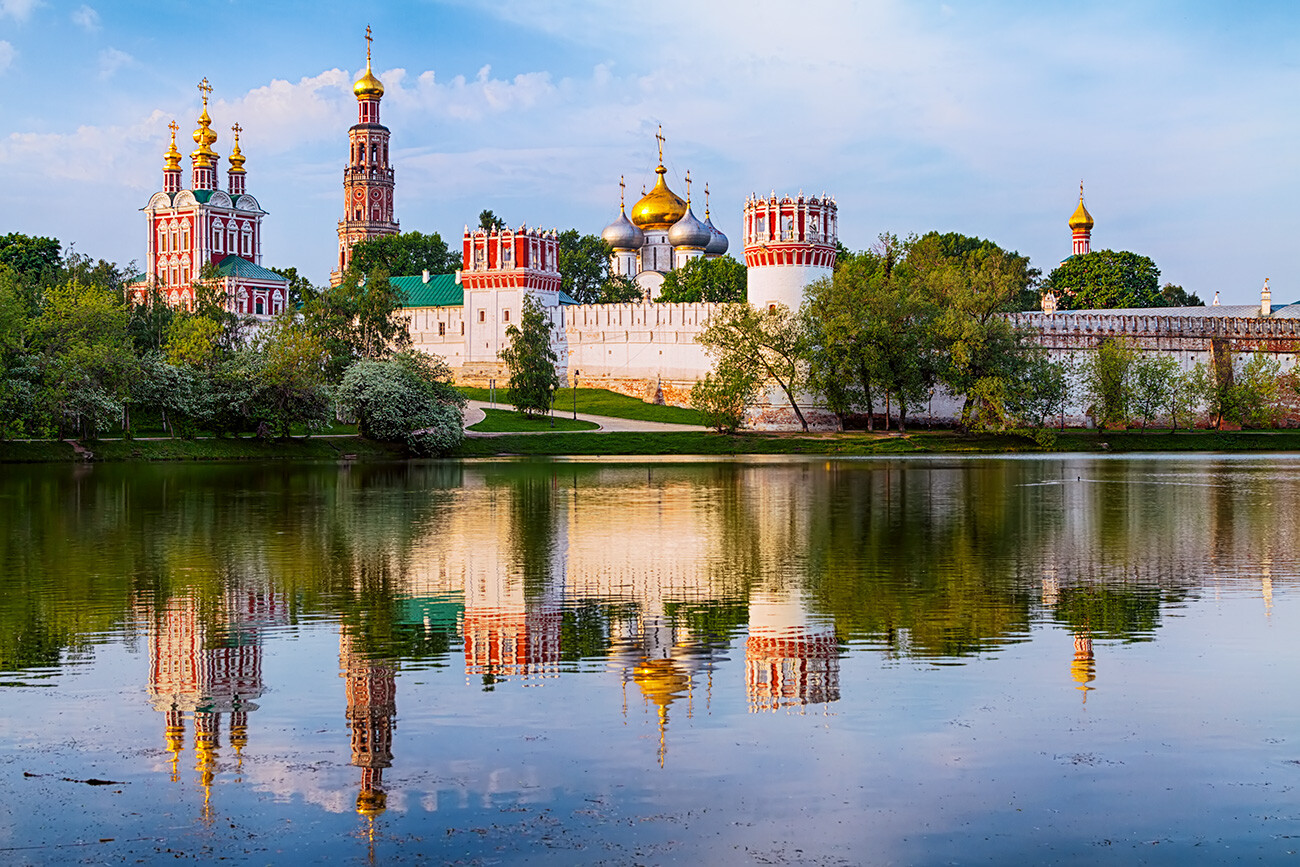
One of the most beautiful Moscow monasteries of the 16th-17th centuries was built in the "Moscow Baroque" style. Nuns that spent their lives there were mostly representatives of the royal family and other noble families.
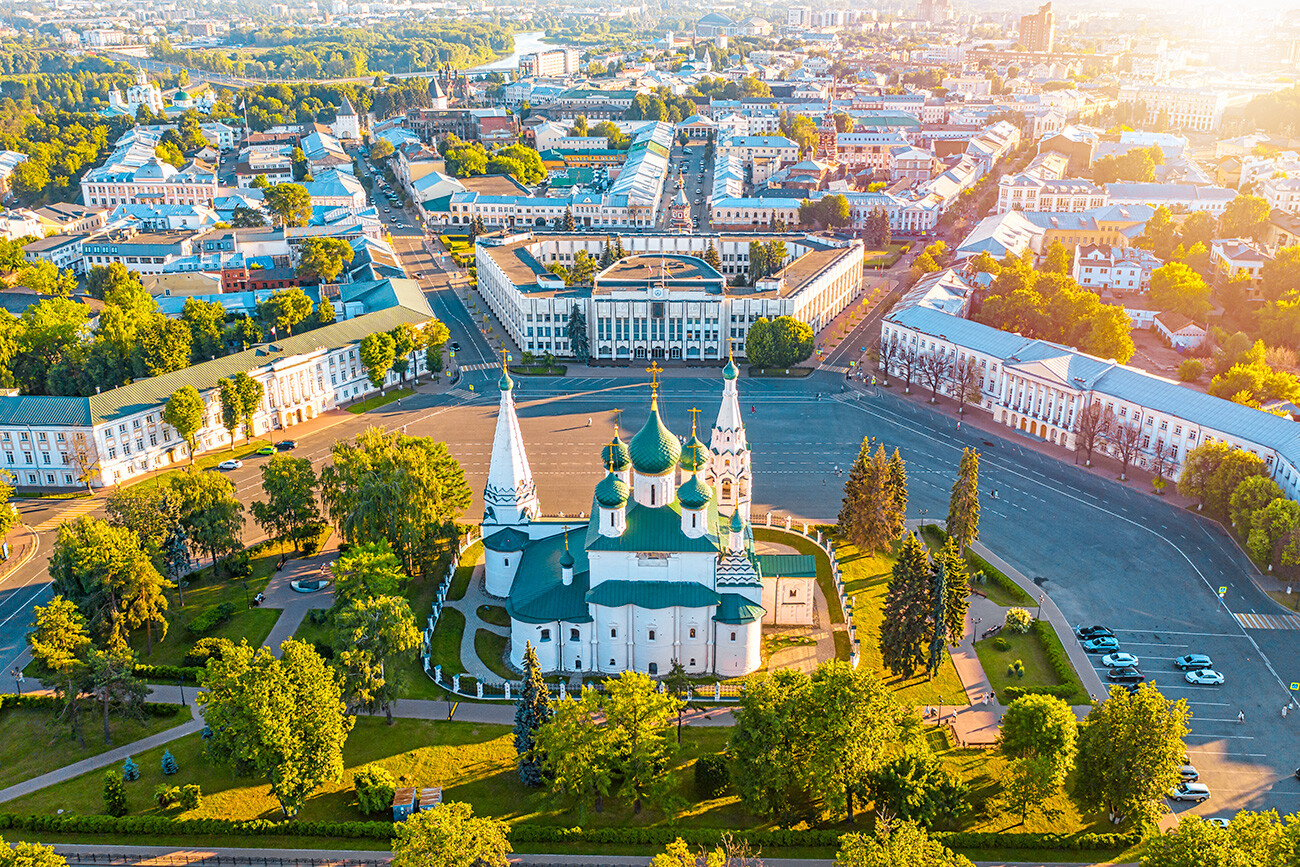
Some of the sights of this ancient city are depicted on the 1,000-ruble bill. UNESCO appreciated not only the landmarks of ancient Russia, but also the fact that it is "an outstanding example of the urban planning reform Empress Catherine the Great ordered for the whole of Russia in 1763".
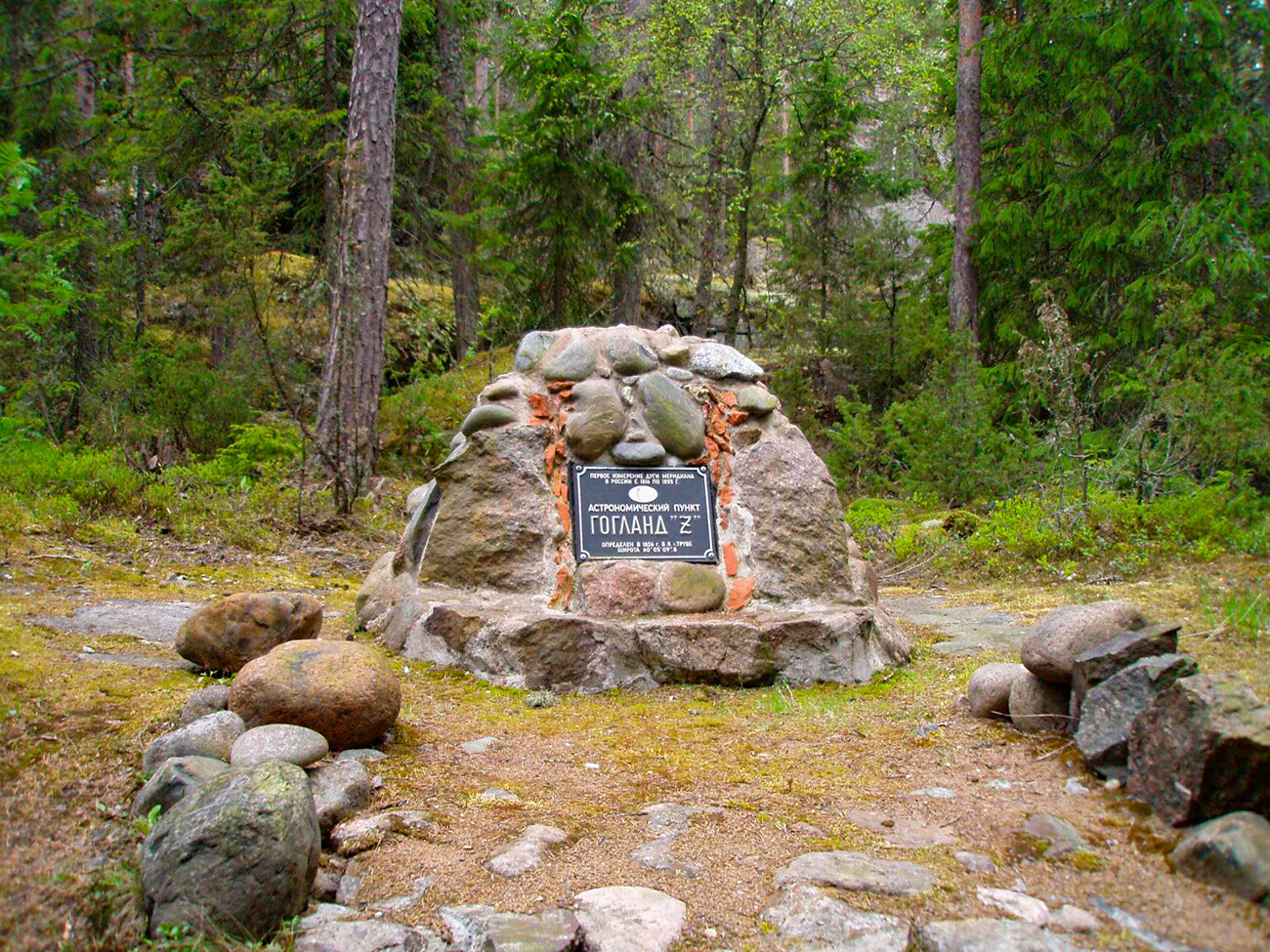
By taking measurements along this arc from Norway to the Black Sea, 19th century scientists determined the exact shape of the Earth. The research was carried out by the Russian Empire together with Sweden and Norway. Of the 265 triangulation points (geodetic measurement points), 34 surviving ones are on the UNESCO list. Two of them are in Russia and obelisks have been erected there.

This is one of the most difficult to access places on the planet, yet with an absolutely incredible unique landscape of dissected mountain ranges.
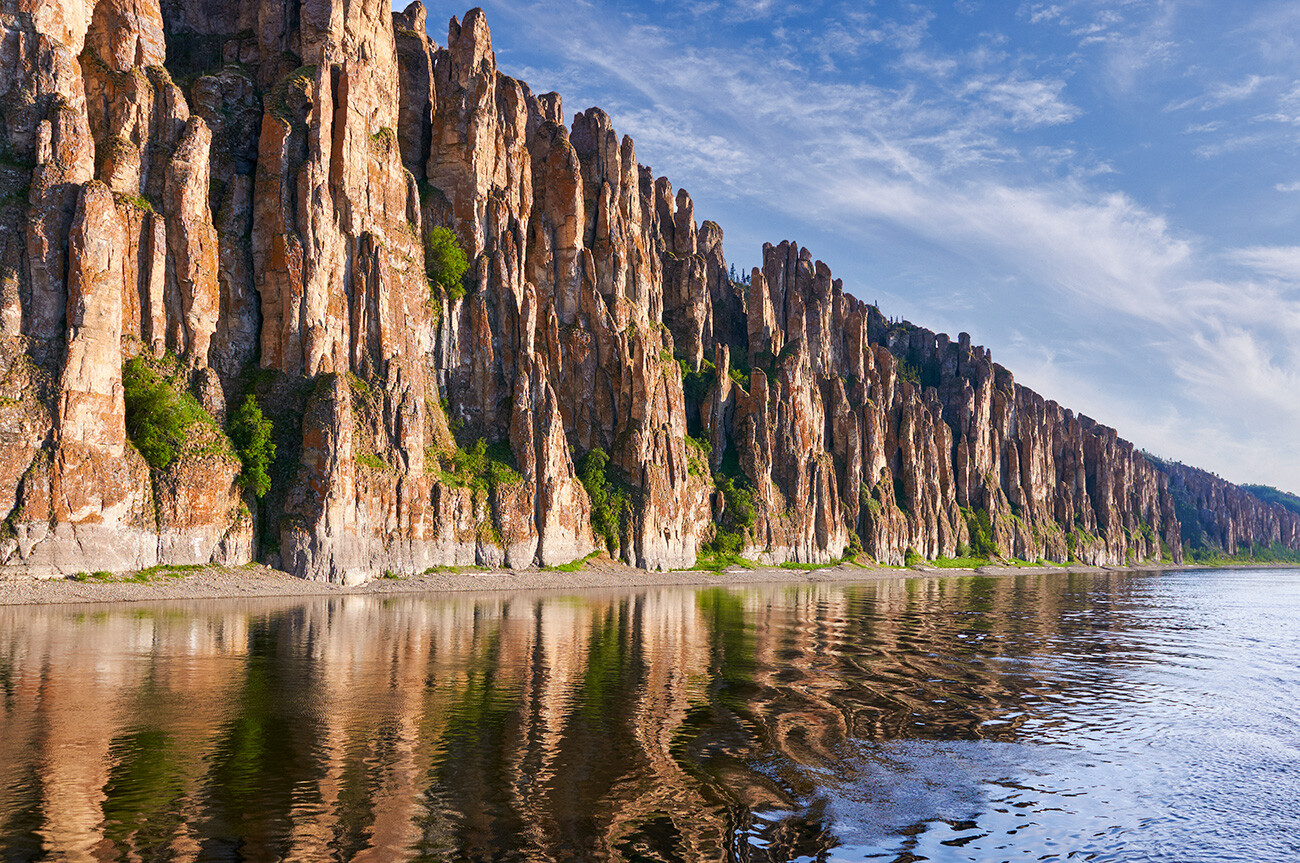
These huge rocks on the banks of the Lena River are located in Yakutia, the largest and coldest region of Russia.
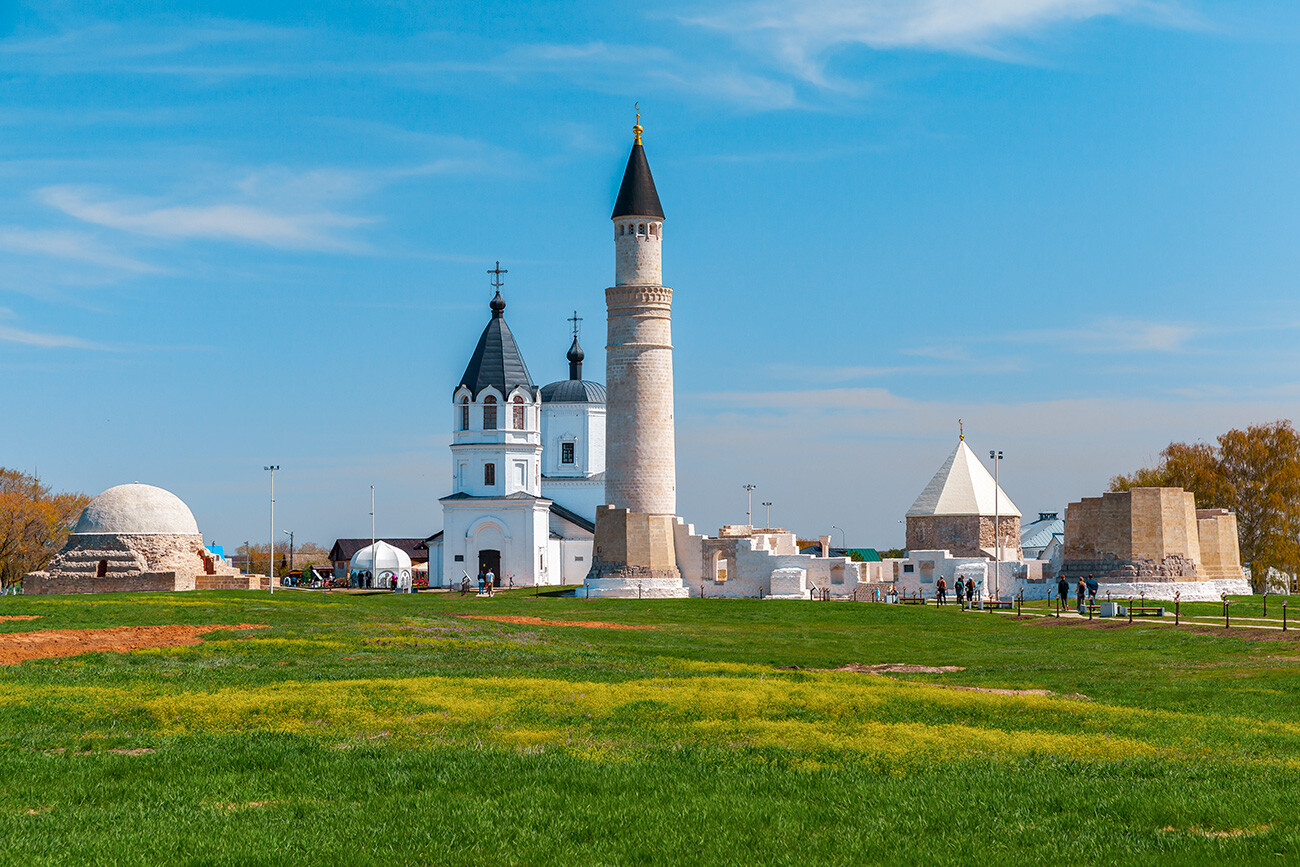
In the Muslim republic of Tatarstan, there is the unique city of Bolgar, where monuments of the 10th-15th centuries have been preserved: mausoleums, khan's tombs and minarets of unsaved mosques. They were once founded by the Volga Bulgars and it was considered the territory of the Golden Horde.
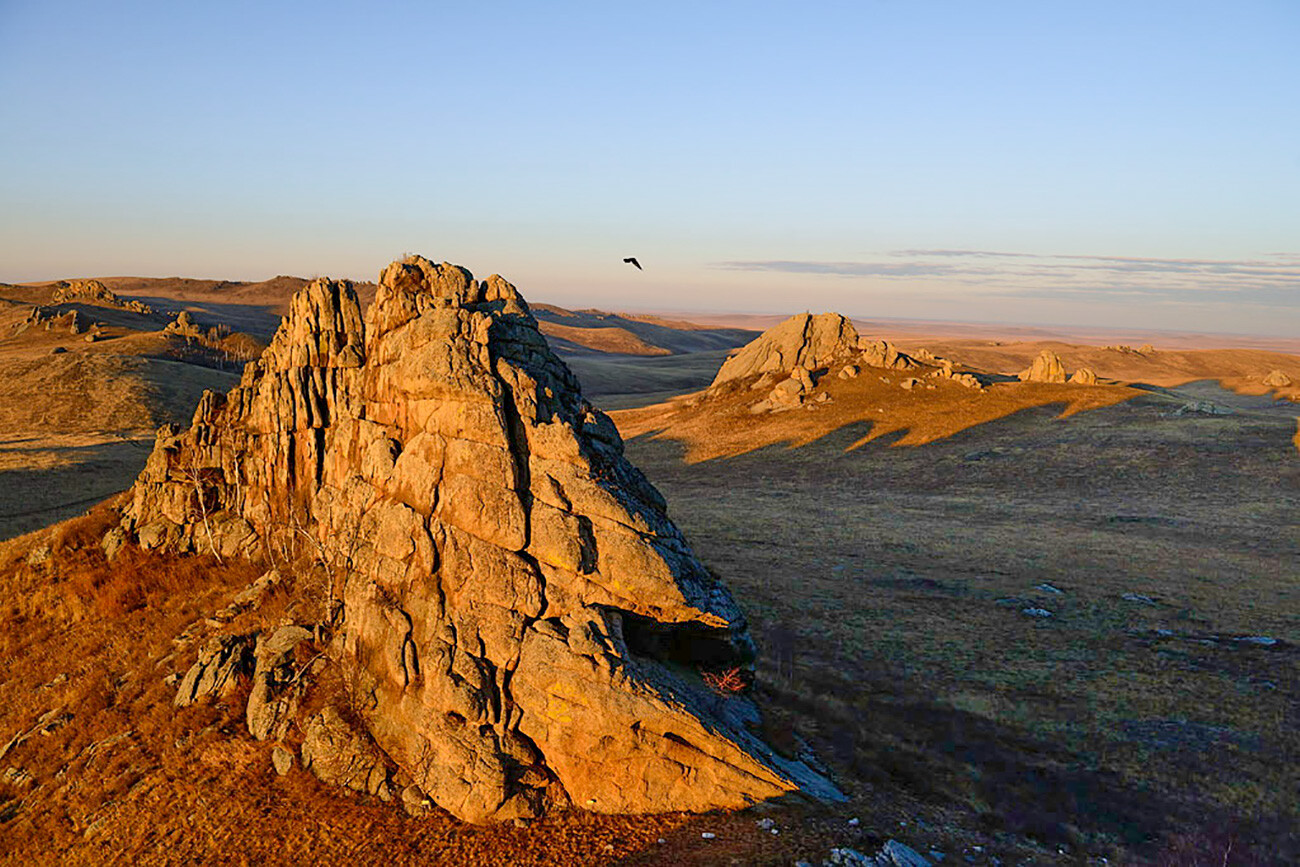
In 2017, because of its unique ecosystems, the steppes of the Daurian Reserve were included in the list of natural heritage. It is home to rare birds and the Mongolian gazelle migrates through these areas.
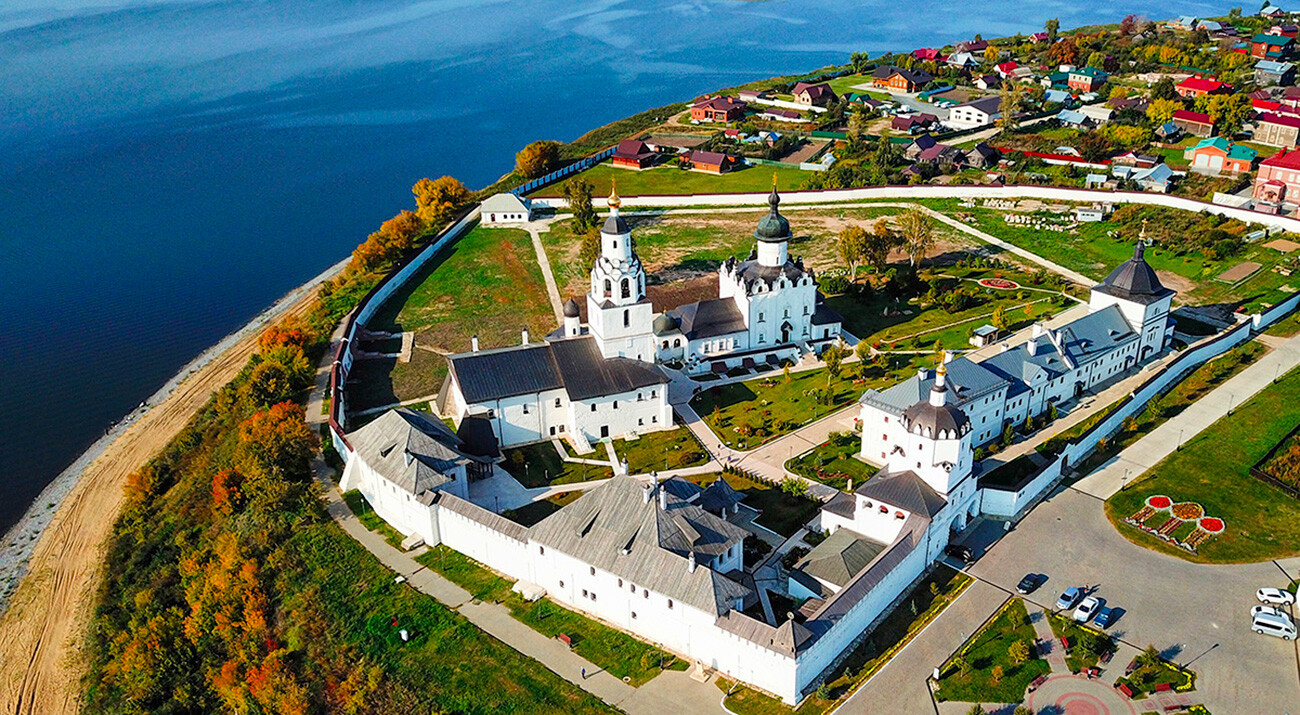
Another cultural attraction in Tatarstan. This 16th century complex became the cradle of Orthodoxy on the territory of the former Kazan Khanate.

Unique examples of Old Russian architecture, which cannot be found anywhere else in Russia. The oldest temples date back to the 12th century. A total of 10 churches from Pskov and Pskov Region were listed under this item in 2019.
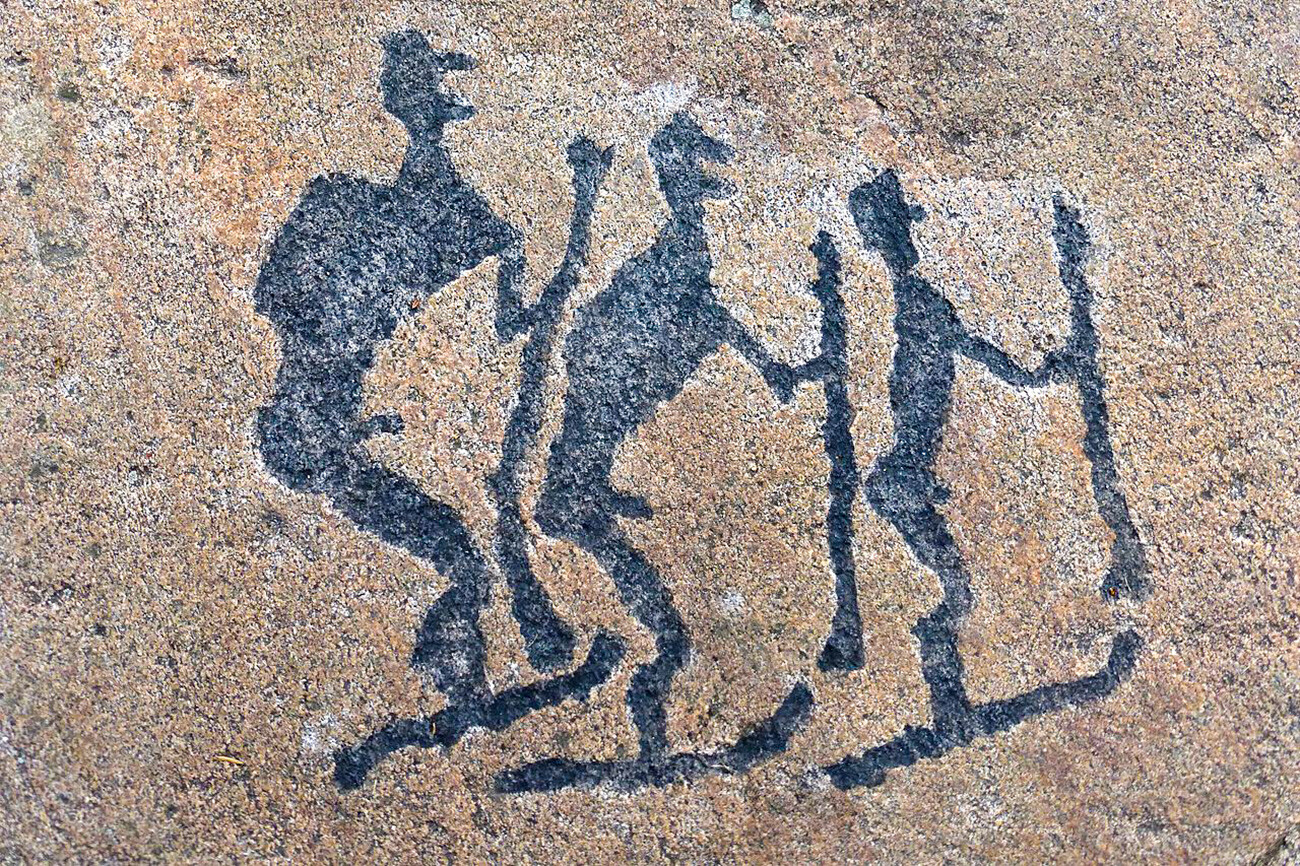
In the north of Russia, pieces of monumental art of the primitive era can also be found. These rock inscriptions and drawings date back to 4-5 thousand years BC.
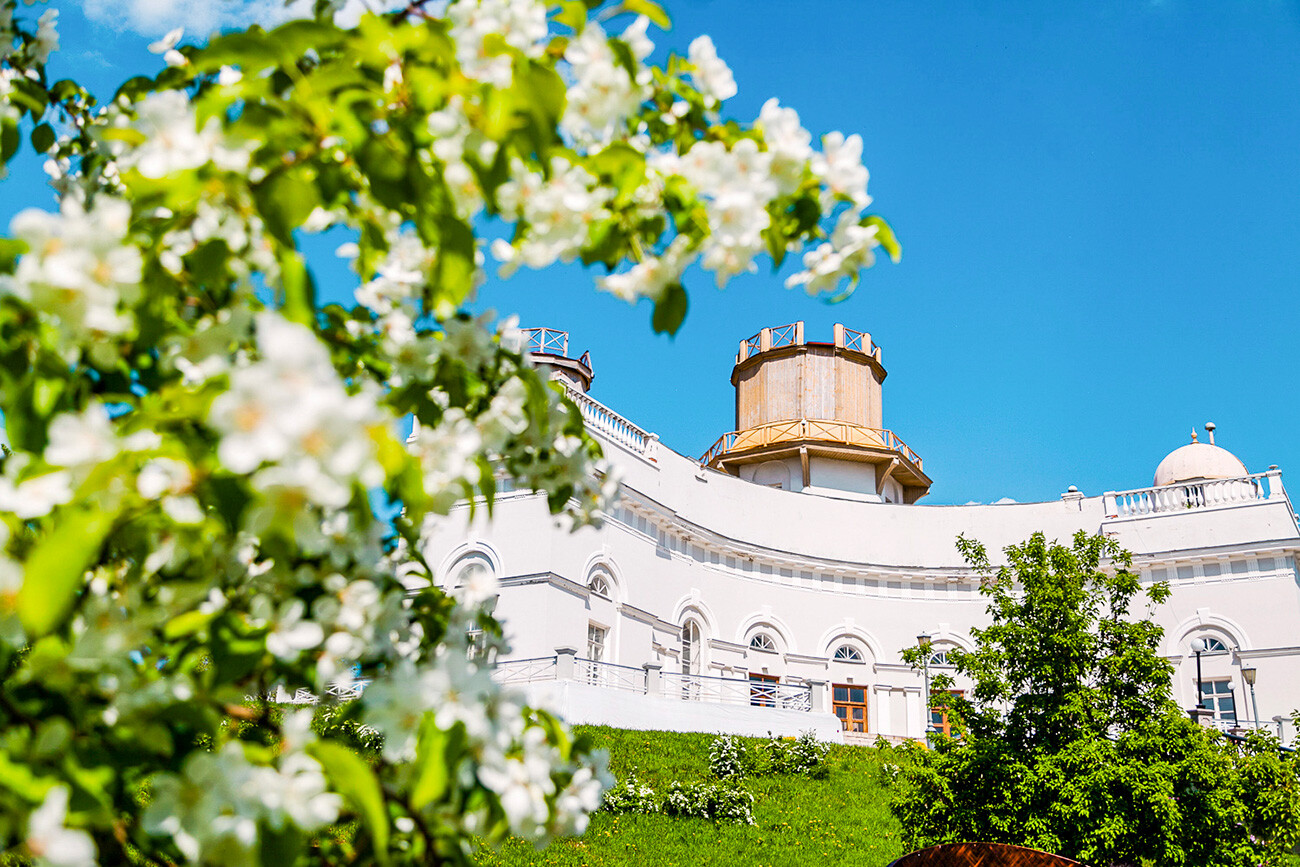
Two observatories from Kazan are the latest cultural heritage sites from Russia. Read more about them here.
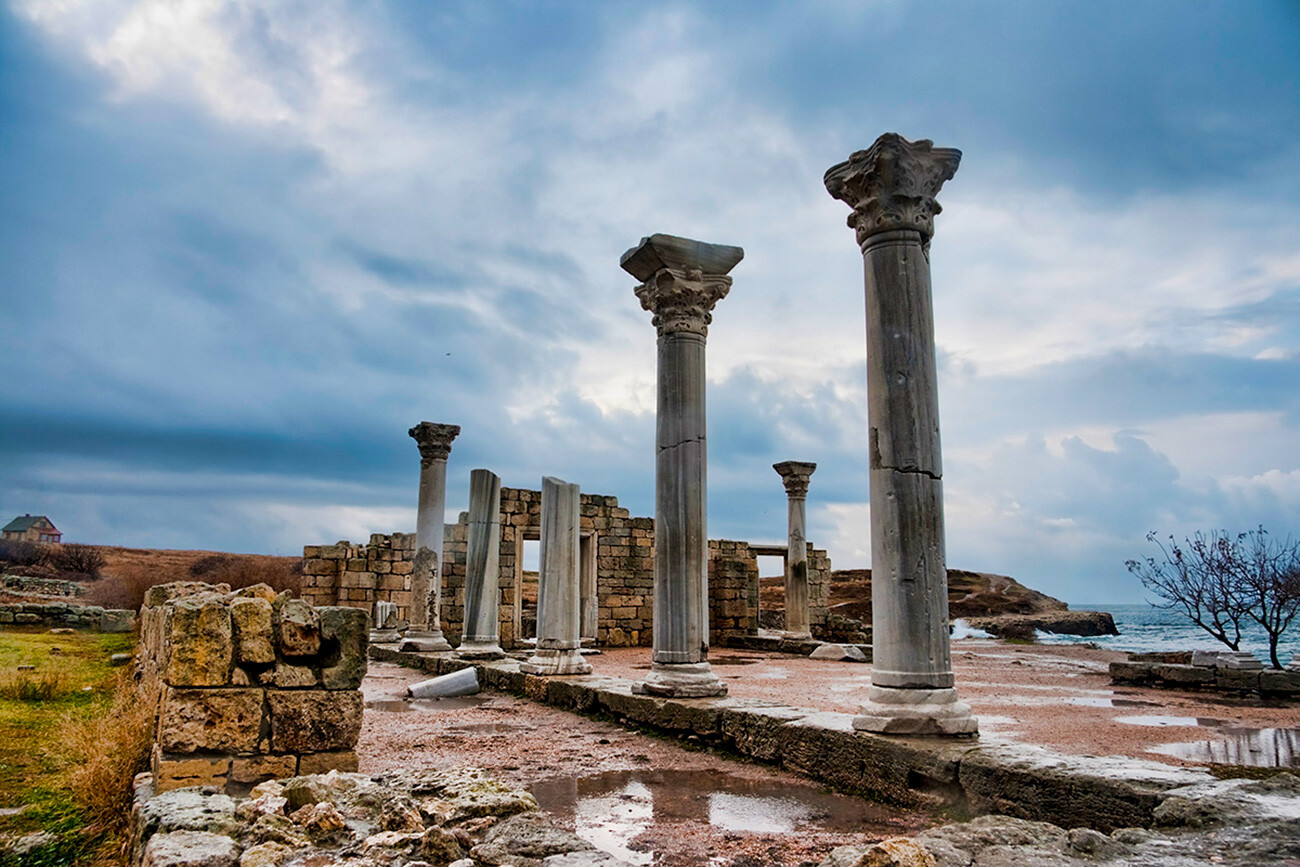
The complex of Chersonesos includes the ruins of this 5th century B.C. Greek city. This place is considered to be especially important, as, according to legend, Prince Vladimir, the baptizer of Russia, converted to Christianity there.
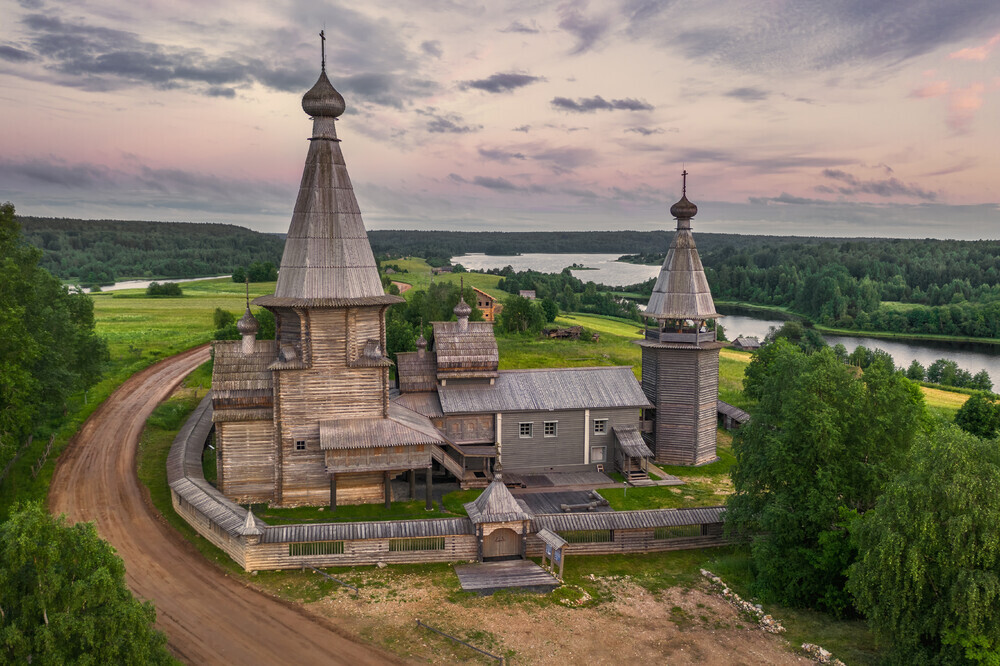
The Kenozero National Park in Arkhangelsk Region preserves unique original monuments of Russian wooden architecture from the 16th-17th centuries. The tent churches are particularly striking in their beauty and unique paintings have been preserved in them.
Read more about Kenozero and watch some photos here.
Dear readers,
Our website and social media accounts are under threat of being restricted or banned, due to the current circumstances. So, to keep up with our latest content, simply do the following:
If using any of Russia Beyond's content, partly or in full, always provide an active hyperlink to the original material.
Subscribe
to our newsletter!
Get the week's best stories straight to your inbox